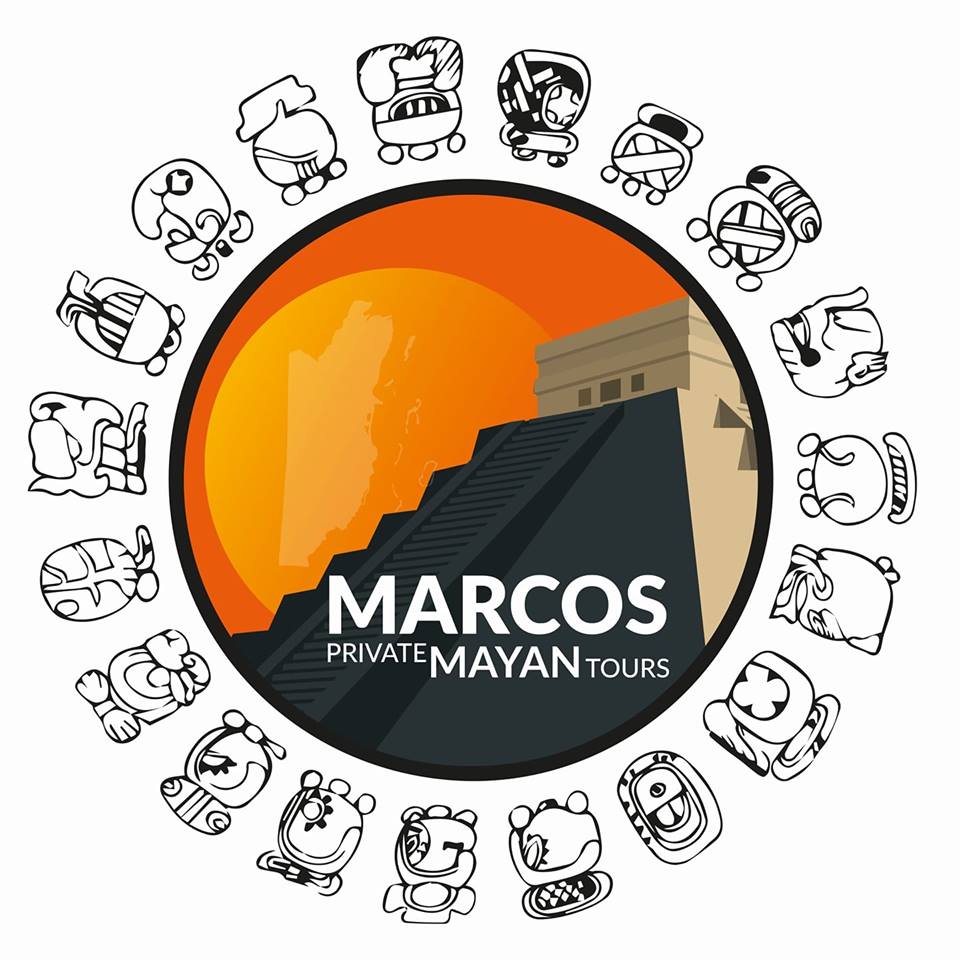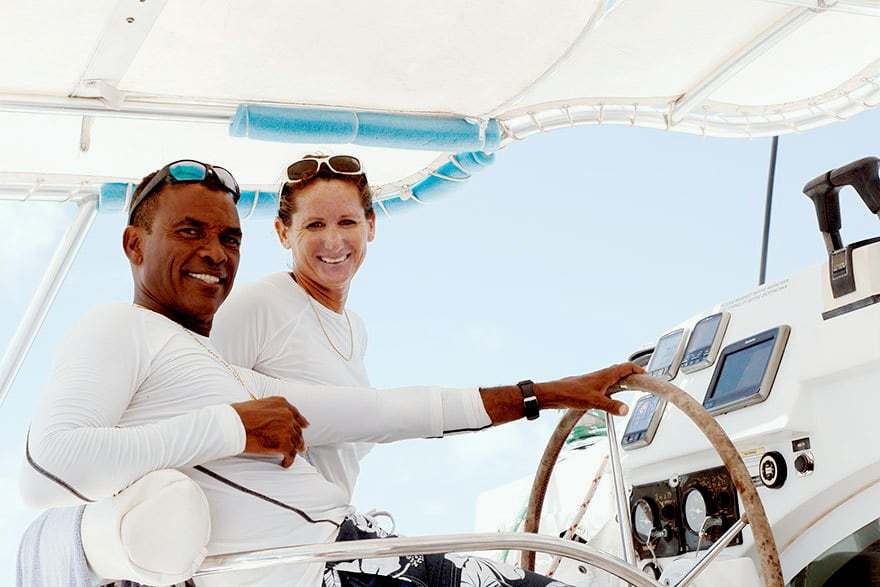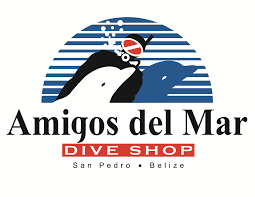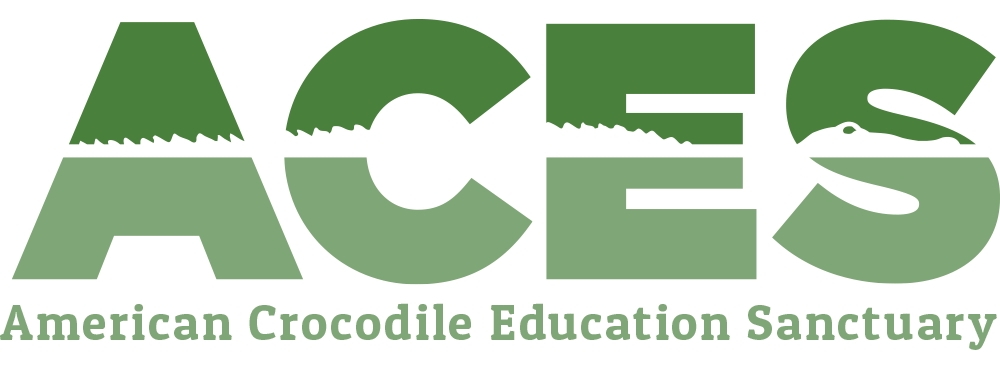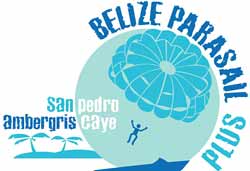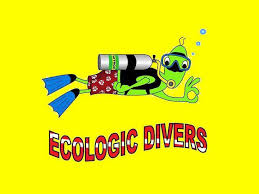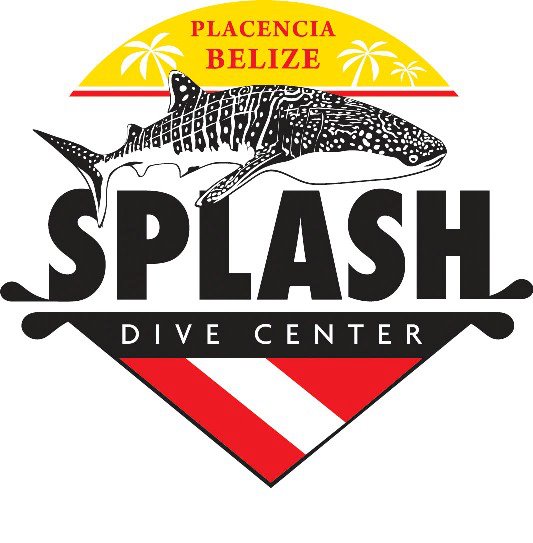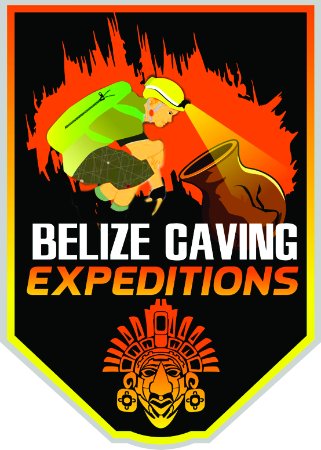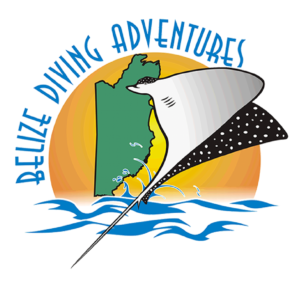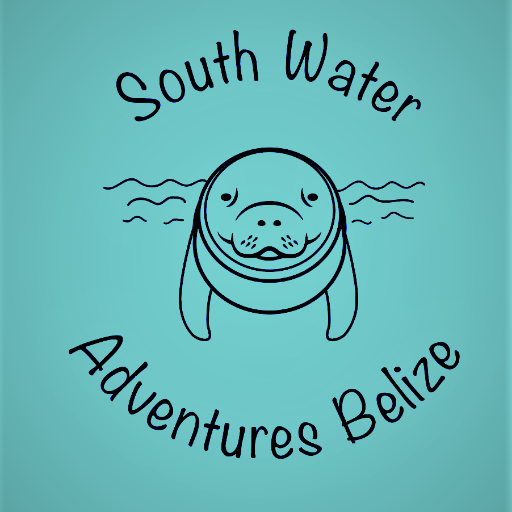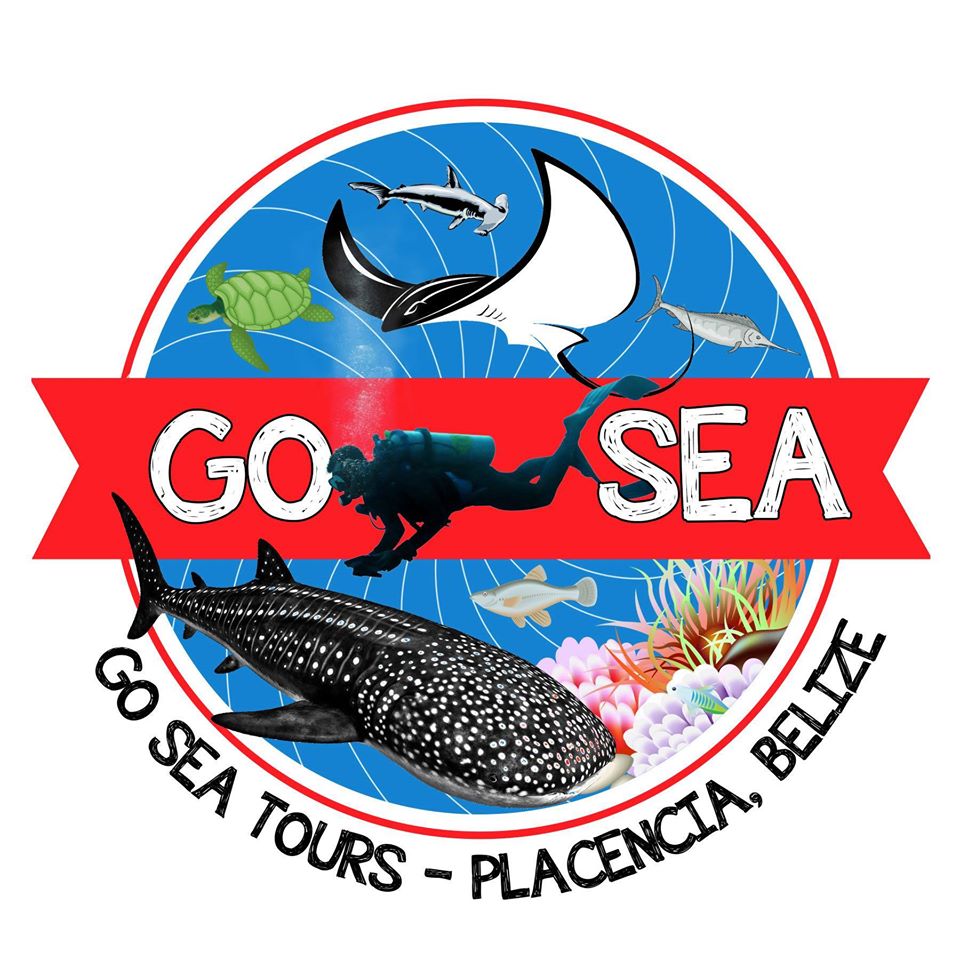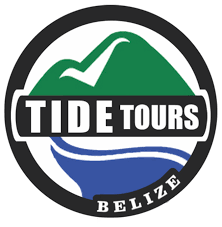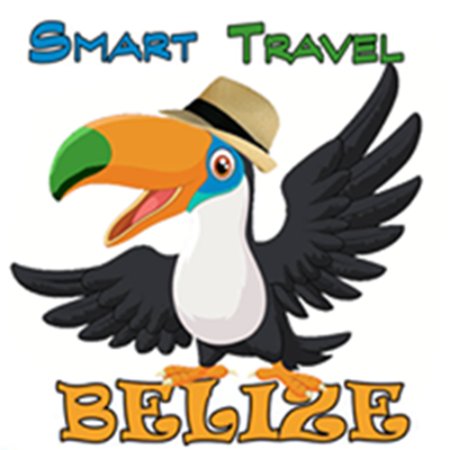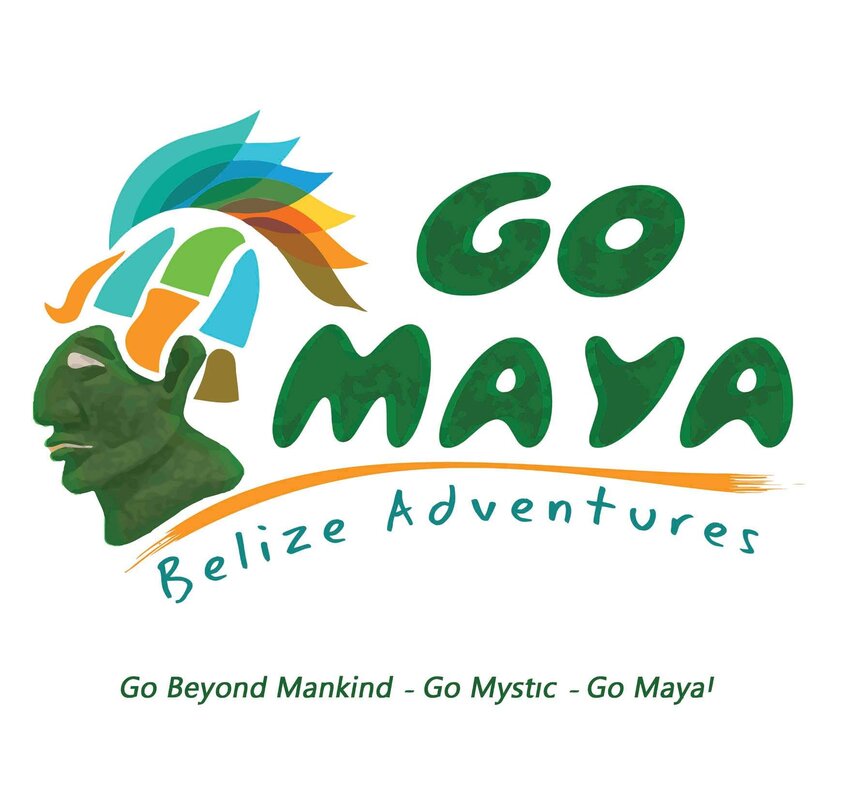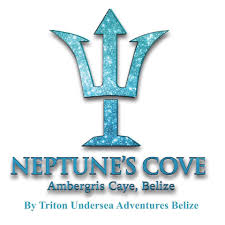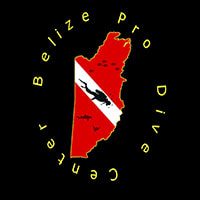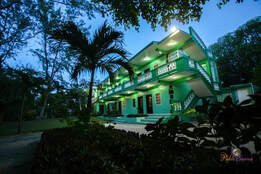 We realize, there are a lot of choices to choose from (as to where to stay), when coming to Belize. Here are some things to consider when making your selection. Often times, people end up spending a lot of money just getting to their destination. Once they arrive, they see a few things they'd like to do (but soon realize), they've got most of their cash tied up in their room. Staying at a luxury ocean-side resort on Ambergris Caye can cost you anywhere from $250. to $650. USD per night. So what most people end up doing, is just hanging out at their hotel for the duration of their stay. No offense, but you call that a vacation? Spending all your cash on a room, with nothing left to do something fun & exciting? We hope by choosing "Belize Budget Suites", we've just offered you a game changer. We are not the luxury ocean-side resort, and we are not the small "backpackers-inn" (we're right in the middle). Each room is equipped with a kitchenette, a bedroom, and private bathroom. All rooms have been recently renovated. We're located 3 blocks away from the beach, 3 blocks from one of the best restaurants on the island (serving breakfast, lunch and dinner). We're 1.5 miles from the heart of San Pedro and you can get to almost any dock or airstrip within 15 minutes. Our rooms are clean, accommodating, and reasonably priced so you can spend your money having a real vacation. Rooms start as low as $75. USD in low season, $99. USD in high season and $125. during holiday season (for the 2019-2020 vacation period). Do the math! On the money you just saved per night, why not consider doing something fun. THINGS TO DO IN BELIZE
Book your room and reserve your spot TODAY! Email: [email protected]
0 Comments
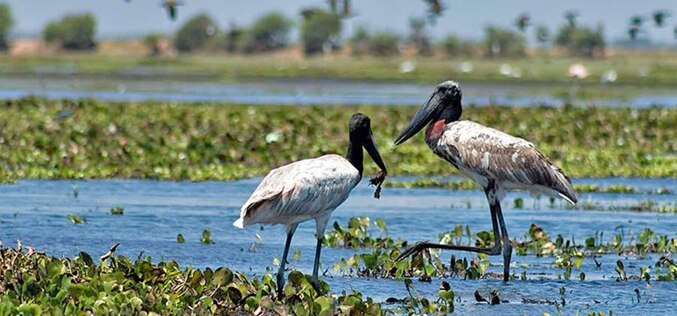 January is the time of year when the jabiru stork begins refurbishing last year's nursery in preparation for this year's brood. No mean feat; constructed of large sticks intertwining, the jabiru nest is a platform as many as 8 feet across! It perches high in a tall, often dead, usually lone tree within a pine ridge or above the jungle bush. This over exposure of its whereabouts made this otherwise shy bird an easy target in the pre-protection days when the jabiru was a commodity in the markets of Belize. Luckily today Belize boasts the healthiest breeding population of these storks within its eight country habitat (Central American and Mexico), although destruction of some nesting and feeding areas have inevitably occurred. The largest flying bird in the Americas, the jabiru is four and a half to five feet in height with a wingspread of nine feet. In Spanish it is known as el re de ellos, or "king of them all". In Belize it is demoted to filly mingo, or even to turk! Aside from the obviousness of its out-size, its appearance is also unmistakable. Its plumage is all white, its head all black - including the heavy-duty bill; these are connected by a loose-skinned black neck bordered below by a bright red band, comprising a simple but tasteful ensemble - all things considered. No one ever implied that the jabiru is just a pretty face! The in-mature jabiru is an appropriate brownish gray. These storks feed in wetlands, around swamps and ponds, sometimes flying several miles in search of a favored food. There are many to choose among: fish, frogs, and snails, reptiles and small mammals. Snakes seem to be high on the list of yummy things to eat, perhaps because of the appetite which is worked up in the process of preparation. The jabiru will take a 6' snake and shake it, throw it up into the air and catch it, thrash it and bash it and finally tear it to pieces, which it then eats. Jabirus come in solitary pairs which share the duties of parenthood but, when the nestling season is over, they fly north with their young (2-4) to join up with the flocks of southern Mexico. 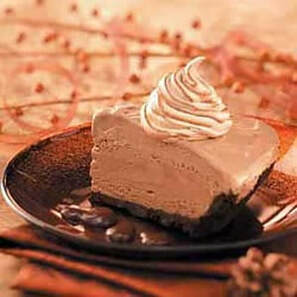 MONKEY RIVER MUD PIE 1 c. chocolate biscuit (cookie) crumbs 1/2 c. melted butter 1/4 c. instant coffee granules 8 Tbsp. One Barrel rum 3 eggs, separated 1 tin condensed milk 1/2 c. icing sugar 1/4 tsp. cream of tartar 1/2 c. caster or granulated sugar 1 Tbsp. brown sugar (optional) Preheat oven to 375 degrees. Mix the cookie crumbs with the melted butter and press into a pie dish with your fingers. Bake for 8 minutes, remove and cool completely. FILLING Mix coffee granules into the rum until they are dissolved, set aside. Beat yolks with the condensed milk until light and fluffy. Stir in the icing sugar and the rum and coffee mixture. Pour into the pie crust and put into a preheated oven, 350 degrees for 30 minutes. Meanwhile, beat the egg whites, adding the cream of tartar, beat about 20 seconds. When the egg whites are starting to form soft peaks, gradually add the 1/2 cup of caster or granulated sugar. Continue beating until the mixture forms stiff peaks. When your pie has had 30 minutes in the oven, take it out, turn up the temperature to 400 degrees. Spread or pipe the egg white mixture over the top, bake for five minutes. Allow to cool, then place in the refrigerator for three to four hours. For extra luxury, serve with cream into which you have stirred a tablespoon of brown sugar and a tablespoon of rum. Serves 6. 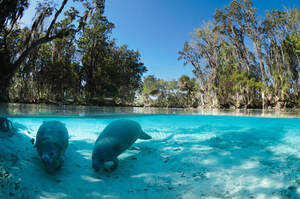 You may not think that the manatee, is something you would encounter on your walk in the jungle, but if your jungle walk follows the sea, then you may very well encounter manatees playing in the rivers and estuaries. The manatee, cruises the coastal waters from Florida to northern Brazil. It moves along at a leisurely pace, browsing for food, walking the bottom on its oarlike flippers while uprooting sea grasses, or galumphing through the shallows searching for floating plant life. Every four or five minutes its snout must emerge to take in a deep breath and at most, it will average six miles per hour, not allowing for resting or for horsing around. The manatee's closest living relative is the elephant. Males are called bulls and the females are called cows. Manatee make random squeaks and chirps white submerged, with no real sense of rhythm. Only between mother and child do their sounds appear to be communicative. Manatee can tip the scales between 400 and 1,300 lbs., all of it pudgy, and they have no neck whatsoever. The tail is fat like a spatulate, the muzzle folds over the mouth, and the skin is gray or brown, covered with fine wrinkles and short, upigmented hairs. The manatee have special appeal for us humans. It is gentle and shy, and is near-sighted. It is rarely aggressive - only the bumping of bulls in competition for the attention of a female and often playful, including quite a bit of indiscriminate kissing. When it becomes accustomed to the company of human beings, the manatee will include these creatures in its games. Manatees group and regroup. The only long-term association they make is between cow and calf, which lasts up to two years; the younster suckles underwater, from teats beneath the mother's flippers. Manatees breed throughout the year. Gestation takes up to 400 days, can you believe it! The average lifespan is not known, although it is recorded that one manatee in captivity lived to the age of twenty-three. Manatees are strict vegetarians, and in return are not a food source for other animals - except man. They have been hunted for their hides, their oil, and their flesh. Here in Belize it is widely and mistakenly held that as meat it has special properties, and that it includes a variety of flavors. Also, the bones are used for jewelry making. However, through the Belize Zoo's nationwide educational campaign, it is hoped that the continued illegal killing of this endangered species will soon cease. An even greater danger to the manatee's survival is involuntary slaughter by the propeller blades of motor boats. Although its hearing is abnormally sensitive, and in an emergency it is able to gear up to 15 m.p.h., still the manatee does not seem to recognize the sound of impeding doom. Other threats to its life are cold snaps, and the careless use of herbicides. And just for the record, the water hyacinth, is the manatee's favorite food! 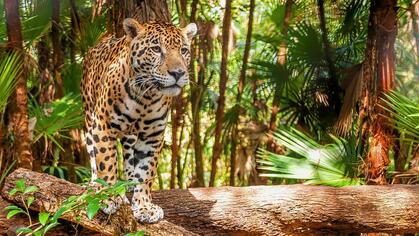 This Central American "Big Cat", is the third largest cat in the world. The jaguar is so special to the Belize people, that the government has taken over 155 square miles of land and set it aside as a jaguar sanctuary, to preserve the "Big Cat" of Belize. They can weigh as much as 300 lbs, some weigh less, but they are awesome nonetheless. A jaguar has massive shoulders, and huge forepaws, with claws to grasp anything they set their little (or should I say....large) heart upon. Their jaws can crush any skull, so these "Big Cats" deserve your respect. The truth is, jaguars are non-aggressive towards humans unless provoked, or until they have been attacked by man in a more outright manner. Some jaguars have been found raiding livestock, but also remember, what man has done in the past few years by depleting the jaguar's natural habitat for food, with deforestation. This is when our government stepped in and said, "No More!" and the Cockscomb Jaguar Sanctuary National Park was established in 1986. The jaguar spends much of the day snoozing on a bed of leaves, or sunning itself on a log or ledge. It may get around to making an occasional ground scrape or the odd tree scratch to serve as boundary markets, delineating its territory. Although ranges may partially overlap, they generally are not shared. To the male jaguar, his hundred or so kilometers of jungle - is his kingdom, whereas the female may choose to change her castle - and with it, her mate. Females begin breeding at about three years. Gestation is approximately three months. A female jaguar will normally have about two cubs to a litter. If they manage to survive, the mother will remain caring for her cubs going into the following year. Jaguars become active at night, stalking the peccary by preference but, if none are available, they will settle for agoutis, monkeys, deer, birds, even lizards and fish. The kill is accomplished by a bite at the neck. The jaguar is still hunted - illegally - for its beautiful yellow-brown or buff colored coat, which looks like an artist painted on it, elegant black spots, rosettes and butterflies. The greatest danger to the jaguar, however, is human encroachment on its home territory. As the forests of its range (northern Mexico to Argentina) recede, its life is in jeopardy, even when prey is still available, jaguars do not appear to be highly adaptable to enforced change. Hopefully, here in Belize there is a future for the jaguar, with the establishment of the world's first Jaguar Preserve in the Cockscomb Forest Reserve. A public awareness of the jaguar's plight will assure not only that its inherent rights will be respected but that the glory of its existence will be appreciated for many years to come. 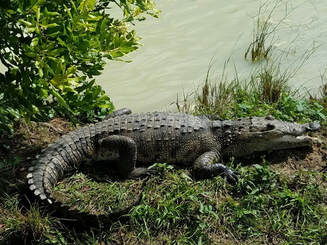 In Belize we say "alligator" in reference to our largest reptile, when it fact we mean crocodile. That's how it is down here, we call things by all different names, other than what their real name is. As a matter of fact, it is their teeth, that make the difference between whether its a crocodile or an alligator. When the reptile closes its mouth, the elongated tooth on each side of its huge lower jaw fits into a notch on the outside of the upper jaw - it's front teeth also hang out, over its chin; when the reptile closes its mouth. If you see this, then it's a crocodile, not an alligator. Can you see in the picture above, how the crocodiles front teeth are hanging over his lower jaw? We'll that's a characteristic of a crocodile. These animals move by the temptation of the flesh, ANYONE'S FLESH! For hours on end, they will lie in wait - in excellent imitation of a log, their ears, eyes and nostrils aligned upon the water, with their powerful tails executing secret maneuvers beneath the surface. Their skin is as tough as their outlook on life, and because of this, they have the tendency to endure and survive. Crocodiles will continue to grow throughout their lives. Salt-water crocodiles are the largest, some measuring 23 feet and weighing over a ton. Our Morelet's crocodile, is one of the smallest, attaining a length of only 8 feet, but our other species, the American crocodile, grows decidedly longer. These beasts like to hang out near creeks, ponds, streams, rivers, lagoons. They like to hide in mangrove swamps or storm-tide lowlands. Believe it or not, the male actually goes a courting, first staking out and patrolling a chosen aquatic territory. All alligators and crocodiles are egg layers, and have a high reproduction rate - necessary to counteract their propensity for eating their own young. Between 20 and 70 eggs are produced and either left above ground or plastered up in security vault made of mud and grasses, near a water source. It conditions, temperature and humidity remain stable within the chamber, it will take about 74 days for these eggs to incubate. When they are ready to attack the world, these little hatchlings begin to squeal to attract the attention of the adults to come and let them out (or eat them!). They are tended by their parents for up to four months, and the young may stay in the vicinity of the nest for as long as eighteen months. Initially they feed on water bugs, then on fish and frogs, and carrion. In turn storks, egrets, and herons, raccoons and foxes feed on them, and the degree of mortality is acute. However, if they do manage to survive, only men and anacondas are enemies of the adult crocodile. 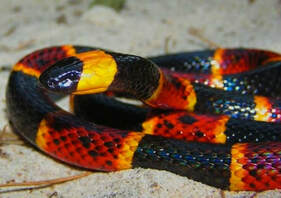 Although there is a certain validity in its bad repute among mankind, the coral snake does not deserve the wishes terror it usually evokes. Its venom is indeed highly neutrotoxic, but this small snake is not at all provoked by being stepped on. It has a very small mouth, making it hard for it to attack much like other snakes. Should it manage to latch on at all, it then has the tedious task of having to inject the venom by way of a chewing motion, forcing its fangs forward and slowly pumping out the poison. If the victim does manage to keep his wits about him, he will quickly find some way to remove this reluctant attacker before definitive damage is done. The coral snake is from the Elipidae family, which has about 40 different member species, mostly in south and Central America (but only 3 varieties are found here in Belize), the coral snake has a narrow head, its dorsal scales enlarged and arranged symmetrically; there is no discernible neck, so that the head is followed by a long, slender, tapering body, adding up to about 80 cm in all. Its fangs are fixed in position, up front, and they are grooved. This snake tends to be a secretive night creature, burrowing in the ground, and using such underhanded tactics as pretending that its tail is its head so that its mouth is then free to sneak up on small prey from behind. Its eyes have circular pupils, a mimicry of innocence. The cordalilo, as it is called in Spanish - comes in various color combinations. The most common in Belize is the Atlantic coral snake, found throughout the country in jungles, rain and pine forests, scrubland, and village yards. It is striped in alternate bands of red and black, the black often trimmed with yellow, the red scales individually tipped with black so that it makes a speckled effect. Unless there has been heavy rainfall, it dozes away the day inside a burrow, or under a stone, a fallen branch, a pile of leaves. Its meter long cousin, is ringed in solid red, solid black, and yellow or white and is found only in the Cayo and Stann Creek Districts; the black banded of similar length, limits its territory to the Stann Creek Districts only. If you happen to come face to face with one of these pretty snakes, take off in the opposite direction! 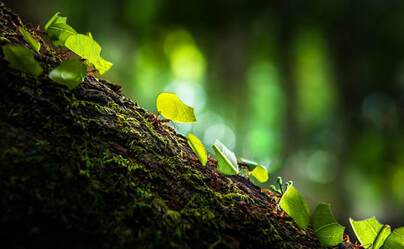 Fauna refers to small animal life characteristic of a certain region, period or special environment. Life on the forest floor is very small; countless bacteria and fungi live out their lives by breaking down the detritus that falls from the leaves above and then lie on the forest floor. Dead wood is broken down by bracket fungi; orange cup fungi, and termites or woodlice, which contain symbiotic microorganisms that permit cellulose (the toughest part of wood) to be broken down. Thus, these industrious colonial insects should be viewed as essential members of the recycyling team, it's not their fault that your house is made of dead wood! Termites build their colonies in healthy trees and must construct covered trails in order to descent to the forest floor and perform their duty. A multitude of insects, milipedes, centipedes and many undescribed by scientists, make their homes in the forest floor and live by consuming converted detrital material or the fungi and bacteria that break it down. Rainforest toads, that are newly transormed from tadpoles to adults, hop among the littered forest floor, perfectly disgused by protective coloration to match the background. Snakes slide along in search of toads or unwary rodents, while larger predators such a Grey Fox, and Coatimundi cruise along the ground, hoping to find other small unwary animals. Decomposers are vital links in the eternal cycle of death and rebirth in the rain forest. 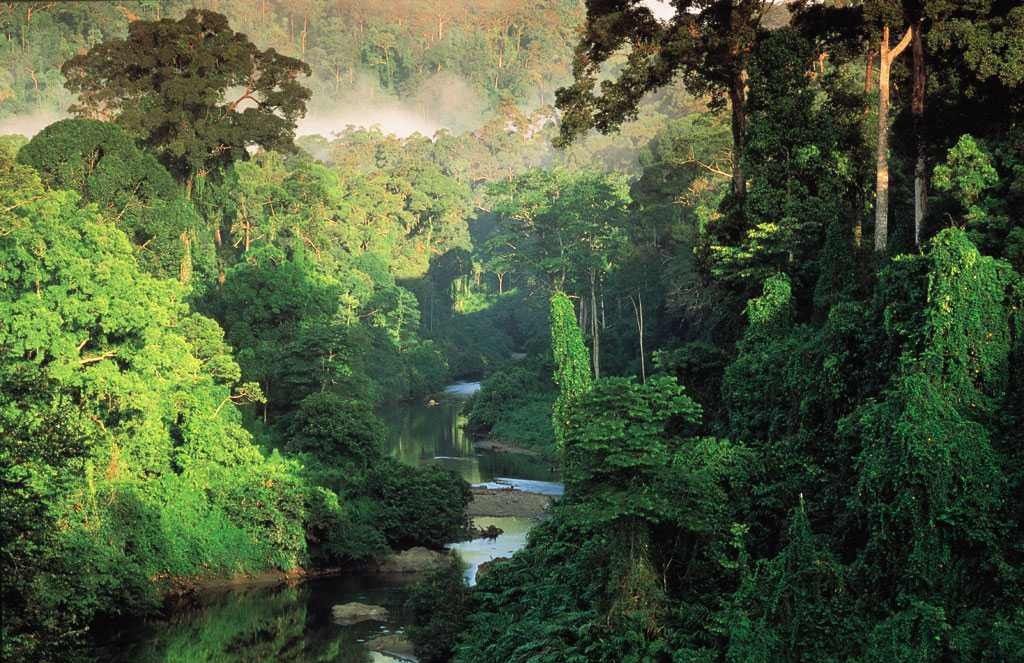 Broadleaf forests are very important to the general health of the environment. They play several critical roles, consider the following: Climate Control - The dense layers of vegetation characterizing broadleaf forests have an important function in climate contorl; some aspects of global climate change, including a trend towards local drying and warming, have resulted from their destruction. Provides Constant Temperatures as to Light & Humidity - The constant envrionment under the canopy allows living things to flourish and form countless adaptations over time. This function is important globally as welll as the ecosystem's own life. Filtration for Pounding Rainwater Through Canopy Layers - This softens the effect of heavy rains, preenting erosion and soil loss. The dense canopy also reduces the lost of moisture from evaporation. Absorption of Carbon Dioxide & Other Gases - Because plants use the most common exhaut gas of human industry for fuel to make their own food by photosynthesis, forests are massive storehouses of carbon and help to lessen the impact of the Greenhouse Effect. Home to 1/2 the Species Living on the Planet - The forest's continutiy and adaptability to life in a low-nutrient envronment has provided the opportunity over time for tremendous bio-divesity to evolve. Flora and fauna function together as a team to catch the maximum energy from the sun - a very susceesful ecosystem! 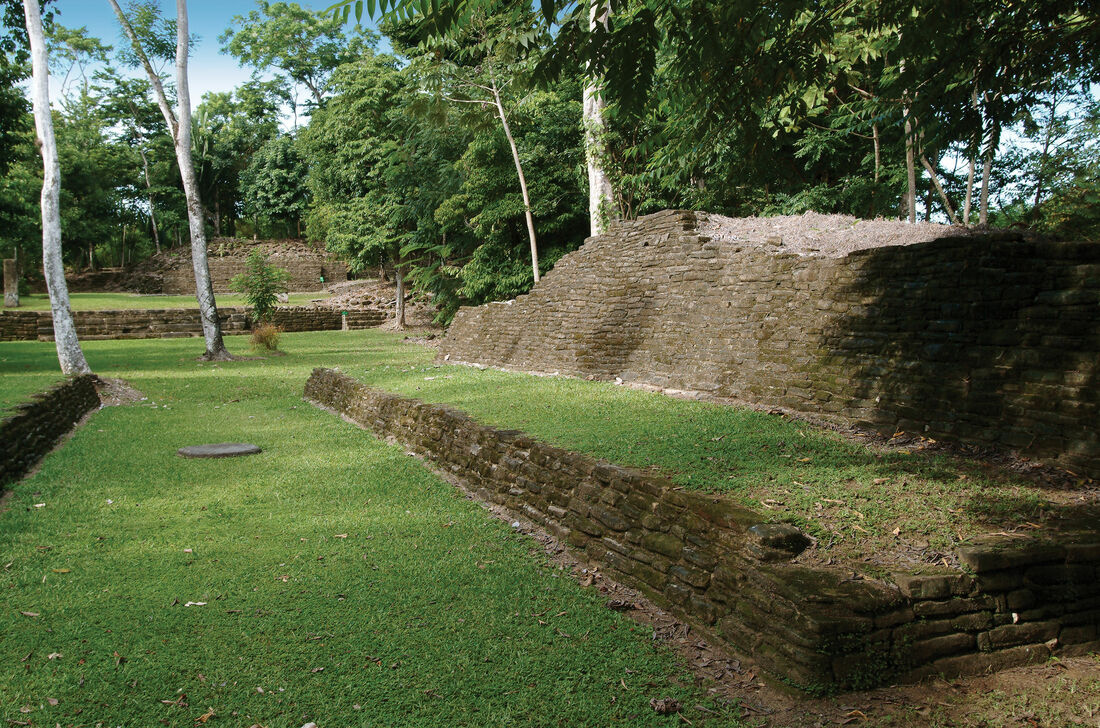 Nim Li Punit, meaning "Big Hat" in Maya, is a small site in the Toledo District. It is siutated on a ridge in the foothills of the Maya Mountains just off the Southern Highway, 25 miles north of Punta Gorda. SITE PARTICULARS * Nim Li Punit is regarded as a ceremonial center * The site consists of two plazas (one higher than the other). * 25 Stelae (8 are carved) * The largest structure is 33-40 feet above the plaza level and is constructed of dry sandstone, typical of sites in southern Belize. * 3 plaza areas * 1 ballcourt The concentration of so many stelae makes this a unique site. The south group staelae are the most impressive, with one stelae in particular showing a warlord with a fancy headdress, giving it the name "Big Hat". The site was largely occupied in the late Classic period. Nim Li Punit was "discovered" by oil company workers in 1976. Government Archaeologist Jaime Awe and Norman Hammond began to clear and investigate the site shortly thereafter. Later, Barbara McLeod did a preliminary survey of the hieroglypic inscriptions on the carved stela. In 1983, Richard Leventhal surveyed the site, when another steal was found, as well as a royal tomb, which yielded 36 cermaic vessels and other valuable artifacts. As with Lubaantun, the MASD Project in the 1990's also excavated and conserved several structures at the site and erected a new visitor's center. During excavations, a carved Late Classic Period steal was discovered and a royal tomb was found in the central acropolis. The carved steal is particulary interesting because it contains the emblem glyph of Copan. This indicates that the sites in southern Belize may have had political relations with their larger neighbors in Honduras. 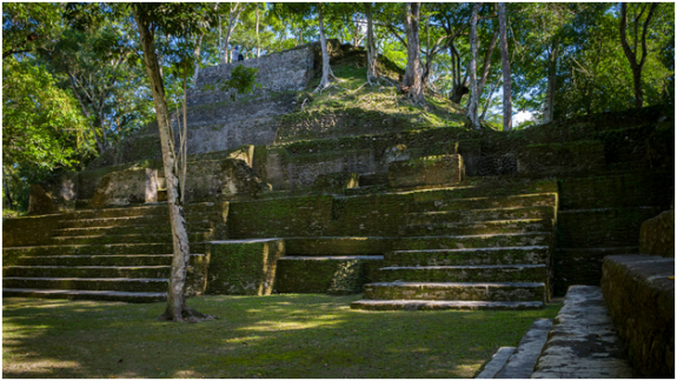 Found on a hill overlooking San Ignacio town, Chala Pech is one of many sites located in the Cayo District. Cahal Pech means "place of ticks", and was given this name due to the number of ticks that flourished there while it was cattle pasture in the 1950's. The site sits in a rich jungle environment, in contrast to the urban development that encircles the site core and reserve. The main plaza of Cahal Pech is located on a hill on the west bank of the Macal River and provides the visitor with a wonderful view of San Ignacio and the Belize River. SITE PARTICULARS - Occupied about 1,200 B.C. / abandoned about 850 A.D. * The site center is made up of 34 structures located around several courtyards, including temple pyramids and residential buildings. * The tallest structure here is 77 feet high * There are also 2 ballcourts * 9 stelae * 1 altar. Preliminary investigations carried out in 1988, revealed that Chala Pech was settled by 1,200 B.C. and abandoned around 850 A.D. This makes Cahal Pech one of the earliest Maya sites in the Belize region of the Maya lowlands, contemporaneous with Cuello in the north. A carved monument discovered at Cahal Pech, Stela 9, is also the earliest carved stela yet discovered in the eastern May lowlands. Reports about the existence of Cahal Pech date back to the 1950's, when Linton Satterwaite of the University of Pennsylvania did some mapping and excavations there, but little information came from this study. In 1953-1955, Gordon Willey of the Harvard University toured the site. A brief description of Cahal Pech appears in his 1965 Belize Valley Report. By 1969, Peter Schmidt did some work at the site, concentrating on a royal tomb in a large temple. Here, a ruler had been laid to rest with a number of ornate jade objects, obsidian blades, shell and bone ornaments, and several ceramic vessels. The most outstanding find at Chala Peh was a jade and shell mosaic mask, which may have possibly been decoration for a belt. This mask was found in the tomb excavated by Schmidt. Between 1970-1985, the site was looted extensively. The Belize Tourism Industry Association (BTIA) organized a thorough archaeological investigation, carried out by Belizean archeologist Dr. Jamie Awe in 1988, and leading to the discovery of Stela 9. 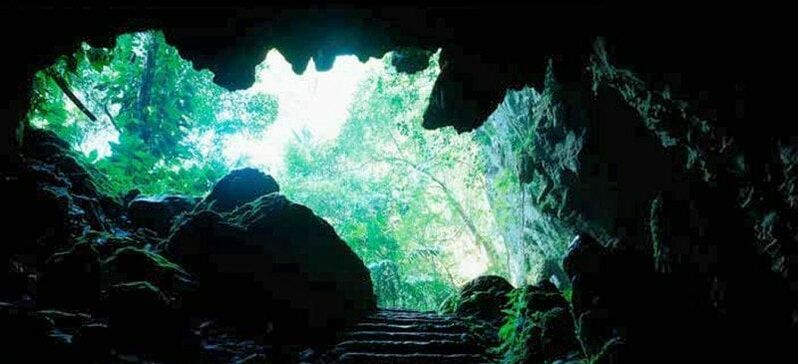 Belize has so many caves because there is so much limestone. Limestone is filled with cracks and fissures through which water can trickle and seep down. It moves down until non-porous soil, such as clay, or hard impervious bedrock, such as granite, is encountered. As the water passes through, it combines with CO2 and a weak acid is formed, called carbonic acid. If a river is passing underground, caves will be formed by abrasive erosion and create winding tunnels. Evidence of erosion, including sand and small rounded stones, will be found in caves such as this, even if the river has disappeared. In Belize, we have at least two existing underground river cave systems. The Rio Frio Cave is a remnant of an underground river, vastly larger than the stream that flows through it now. It is open at both ends, and indication that the rest of the tunnel has collapsed. The Blue Hole National Park on the Hummingbird Highway is the opposite - an underground river with a small portion of its roof collapsed, and only a small portion of the river is visible from the surface. Other cave systems are Blue Creek and Little Quartz Ridge in Toledo District; Petroglyph and Caves Branch; and Barton Creek Cave, through which you canoe to view formations. Chechem-Ha cave, used by generation of Maya for ceremonial and burial purposes, is a winding cave with a dirt bottom, lacking noticeable dripstone formations. The main type of cave (the solution cave ), is formed over long periods of time by the chemical action of the weak carbonic acid as it makes its way through existing crevices in the limestone. Eventually, caverns of varying sizes may be formed, at different levels if the water table has risen and fallen over the years. The dissolved carbonate will precipitate out as it passes into the open air of a chamber. The downward projecting icicle-like formation called the stalactite is formed from centuries worth of drips. If the drips of carbonate-laden water hit a dry floor, a buildup of carbonate may be precipitated out into a column projecting upward from the floor, called a stalagmite. If these should meet, a pillar is formed. Other striking formation such as sheet flowstone-where the water spread out in a flat sheet and deposited its load of carbonate; or the water dribbed in through a small hole in the wall to create formations that resemble folds of cloth or other exotic shapes, are found in some Belizean caves. Such formations can be found in the Rio Frio and Barton Creek Caves. The largest cave system in Belize is the Chiquibul, located near to Guatemala, west of the Maya Mountains. This has many miles of tunnels, including the spectacular Cebada. A cenote is a limestone sinkhole, formed by the action of caronic acid. Sinkholes provide evidence of underground cave systems. The most famous is the one in the Yucatan Maya ruin of Chicken Itza; however, Belize has a few of its own - the Hummingbird Blue Hole is one that is easily accessible. Cave and sinkholes are even found under the sea. The most famous in Belize is the (other) Blue Hole, located at roughly the midpoint of the Lighthouse Atoll. This drops to a depth of over 400 feet, dripstone formations are observed at 132 feet and are popular dive attractions. These dripstone formations are not quite vertical, due to continued earth movement since the cave's formation. Since limestone cave formations could not possibly have formed underwater, this provides evidence of dissolution action from when the caves were above sea level, in earth's history. Another massive cave system lies under Caye Caulker; from a small entrance on the leeward side of the island, a large shaft opens up, then shrinks down to where it can barely accommodate one person. This opens up into a massive, completely-submerged cavern some 1,500 feet in length, off to the sides are several passages that have not as yet been explored. Inside are massive stalactites that are also off-vertical. 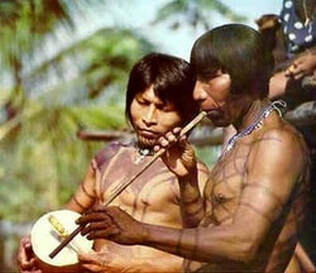 The Maya people have been in Belize for at least several thousand years. Their first recorded settlements in Belize date to about 1,200 B.C., and their civilization rose to prominence from about 900 B.C. to 900 A.D. What about the Maya today? As Mayan civilizations declined, small villages, towns, and groups of people continued to survive as subsistence farmers, even as their governing cities and nobility collapsed. When the Spanish arrived, Maya civilization was already declining. The Spanish encountered very fierce resistance to their attempts to conquer Maya territories. Slowly they gained ground, but not without high consequences, including periodic outbreaks of violence against the Spanish. The Maya populations remaining in Belize when Europeans first arrived were scattered in three provinces, running from north to south. These were know as Chetumal, Dzuluinicob, and Manche Chol provinces. In addition to the scattered populations of Maya peasants living in Belize, periodic upheavals in the neighboring countries of Mexico and Guatemala caused Maya refugees to flee into the relative security of Belize. The first of these major refugee influxes occurred with the Guerra de Las Castas, beginning in the 1840's. Like the Mestizos, many Maya fled south from Mexico at this time to settle in northern Belize. These Yucatec Maya settled into life as small farmers, and also became incolved in sugar cane production. In the 1880's, two other groups of Maya, known as the Mopan and the Ke'hchi, fled neighboring Guatemala to settle in Belize. The Mopan Maya were fleeing from the Peten area of Guatemala because of heavy taxation, military conscription, and forced labor. They settled primarily in Cayo District. The Ke'kchi were fleeing from the Vera Pax area of Guatemala and settled primarily in Toledo District. Both were and are farmers who continue to live, for the most part, in small villages. In Toledo District, the Mopan and Ke'kchi make up the majority of the population. Today, the Maya make up approximately 11% of Belie's population. The Maya today continue to live mainly in rural areas, with many of their villages sited along rivers and their tributaries, and to engage in agriculture, fisheries and the timber industry. 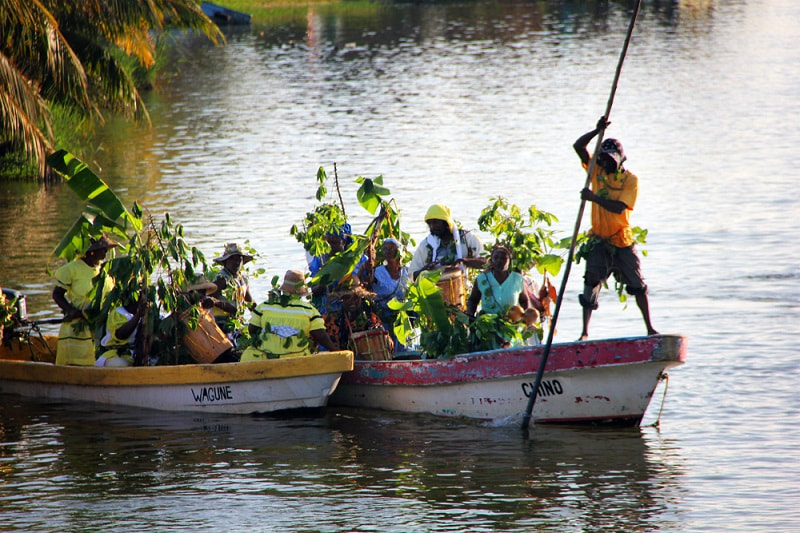 In 1635, two ships carrying African slaves wrecked near Becquia, St. Vincent. The slaves escaped and took refuge among the local Caribs. The African inter-married with the island Carib women, and this resulted in the birth of the Garinagu people, speaking the Garifuna language. In 1773, the English on the island restricted the Black and Island Carib to a small area of St. Vincent. The original island Caribs were now few in number, while the Black Caribs, or Garinagu, had become dominant. In 1795, the French, hoping to reclaim St. Vincent, instigated a rebellion against the British by the Caribs and Garinagu, under the leadership of Joseph Chatoyer. The rebellion was not successful and as punishment, the English exiled 5,080 Garifuna men, women and children to the island of Balliceaux for six months, and then to the island of Rotan, off the northern coast of Honduras. In 1802, the Garinagu began to establish communities along the coast of Central America. For example, between August 9 and December 17, 1802, an estimated 150 Garinagu made a series of landings on the shores of Belize. They were not welcomed, and there were several attempts to expel them from Belize. The Garinagu, however, lingered on, and the need for cheap labor for timber and agriculture eventually led to their acceptance. They came to be regarded with sufficient trustworthiness to make them responsible for manning the look-out post in Caye Caulker. Garifuna communities established during this time continued to flourish into the present. In Nicaragua, there are two Garifun settlements. In Honduras, there are approximately forty-six (46) Garifuna settlements, the largest being Trujillo, with a population of about 10,000. In Guatemala, there are three communities. In Belize, there are six communities; the major town of Dangriga, Hopkins, Seine Bight, Georgetown, Punta Gorda, and Barranco. In addition to these Central American settlements, the Garifuna began to migrate to the United States in the late 1960's, establishing communities in the states of California, particularly Los Angeles, and in the cities of Chicago and New York. There are currently approximately 30,000 Garifuna living in the United States. In Belize today, Garifuna number into the thousands. The Garifuna are the most urban in settlement patterns, relative to other main ethnic groups. They make up 77% of urban dwellers, in contrast to the Kekchi, who only represent 6% of urban dwellers. In contrast to the popular myth that most Garifuna live in rural communities in the the south, the Garifuna are well distributed in urban communities throughout the country. The highest concentration of Garifuna live in Dangriga, with Belzie City having the next highest concentration, and 34% of all Garifuna living north of the Stann Creak and Toledo Districts. 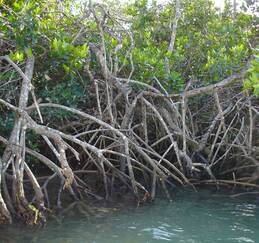 The principal threat to mangrove habitats is outright removal and destruction. Especially in areas near Belize City, Ambergris Caye, Placencia, Caye Caulker and other coastal island locations undergoing rapid development, where mangroves are being removed completely for development purposes, principally residential subdivisions and resorts. This represents not only a total loss for the organism depending upon the habitat. It is also a loss to: The fisheries industry, which depends upon mangroves for production of young lobsters and scalefish. The tourism industry, which depends upon mangroves for production of decorative organisms that grow up and populate coral reefs with beautiful life, and also in themselves provide tourists with an interesting and rich experience. The local people themselves who, are faced with beach losses following mangrove deforestation, who then much resort to expensive fill and sea walls to restore their beaches. Beach losses from Hurricane Mitch at South Water Caye were very substantial, showing that a seawall and sand fill are not equal to the original mangrove-protected shoreline. These effects can be forestalled by trimming mangroves-that is, leaving roots and canopy while removing some of the dense foliage in the middle to allow the breeze to penetrate. The law allows 25% of foliage to be trimmed away in this fashion. Although mangroves are detritus-based systems, nature is limited in the amount of excessive nutrients, toxic materials and other pollutants that they can process in a given amount of time. Overloading mangrove systems by dumping large amounts of waste, spills an other materials, is another way to degrade or destroy the mangrove system. To forestall this, appropriate waste management and proper handling of fuel and other toxic materials in the cayes and coastal zones is essential. Countrywide, about 20% of mainland mangroves are under some form of protection, while less than 1% of those on cayes have protected status. 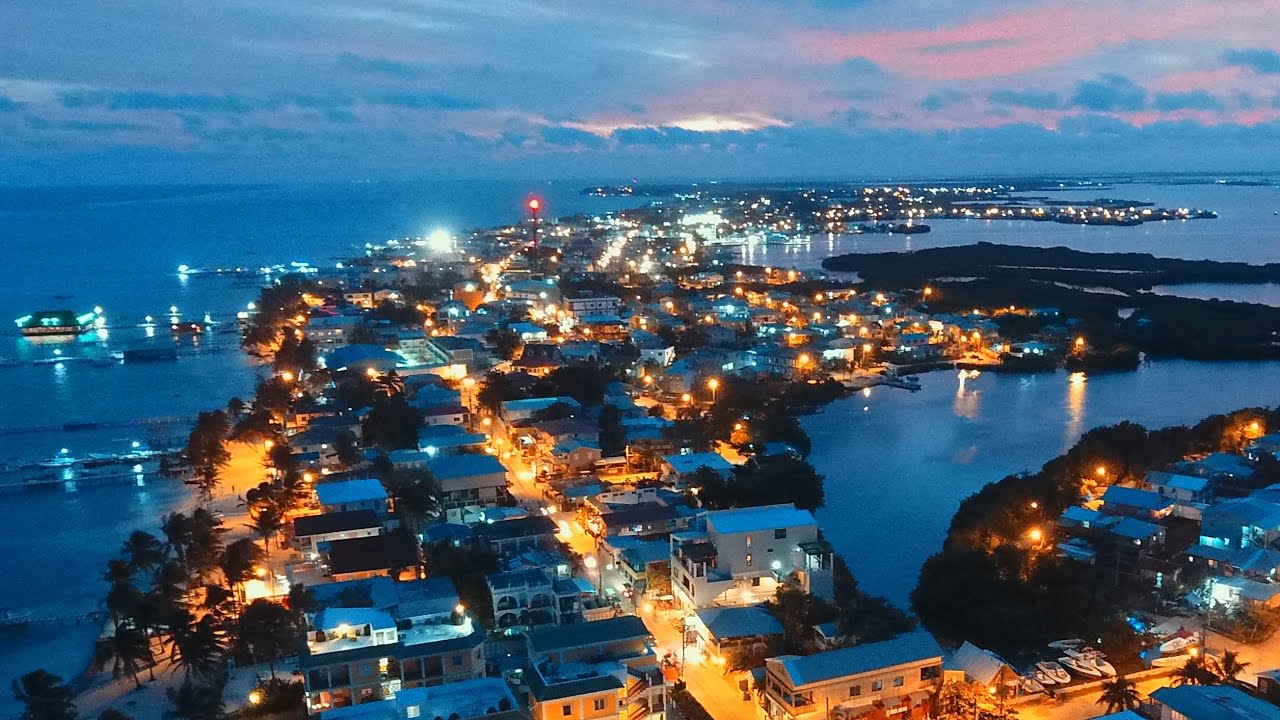 Saint Peter Town - the only town on the island of Ambergris Caye is about one and a half miles long and in some places about a mile wide. Its atmosphere is that of a small bustling fishing village, and is home to the majority of the island's population as well as a majority of the restaurants, bars, clubs and hotels on the island. Visitors will most likely find what they need within walking distance. The town is clustered with wooden houses, some with Mexican decor, other Caribbean, and some still remain with the English colonial architecture. Gift shops, boutiques, bars, cafes, and restaurants adorn Front and Middle streets (now named Barrier Reef & Pescador Drive). A short walk in town and you'll feel the friendliness of the people and witness the ease of their lifestyles as they go through daily life. Bare feet, tee-shirts, and shorts is the typical island dress code. The people of the island are call "Sanpedranos" and speak English, Spanish, Creole, and Maya all at the same time, making it their own island dialect. They are proud of their heritage and are willing to share it with tourists. Before tourism picked up in the eighties, the islanders were mostly Mestizos (Maya-Spanish). Today they share their island with the Creole, Maya, Central American refugees, and Americans that have made San Pedro their new home. The vast majority of San Pedro's residents are good humored and tolerant, their lifestyle casual and simple. The tin-roofed, colorfully, painted wooden houses are cheerfully dilapidated, giving the distinct impression that you can relax all day if that's is your choice. The evenings on the island are a social event. You will find tourists and islanders at different bars and restaurants listening to reggae and Latin music and sharing the day's adventures. For those that like a take to take a day off from driving, day tours can be arranged to the Maya archeological sites and Belize's lush rain forest. For those who just want to relax, a day on the sandy beach, may be all that is needed. While San Pedro is suffering under the strain of rapid growth, Ambergris Caye still has much to offer. People are friendly, accommodations are comfortable, and there's plenty to do. Resorts on the outskirts of San Pedro are noticeably more expensive, but tend to be more tranquil and luxurious than hotels in town. Hikers and bicyclists will find that much of the island is covered with a high broadleaf forest interspersed with freshwater sinks that attract lots of wildlife, including an abundance of birds. Birders can spot warblers, egrets, herons, pelicans and frigate birds. Bird Cayes, located on the bay (leeward) side of Ambergris, shelters rookeries for 30 species, including the reddish egret, greater egret, and cormorant. Spoonbills, avocets, and ducks also congregate here. Turtles nest on certain yet undeveloped beaches, and even large cats prowl through the mangroves. Thousands of shells litter the beaches, with the coral reef being less than a mile offshore. Ambergris Caye island has the largest single concentration of tourist services, with San Pedro still being able to retain a laid-back atmosphere. Most of the island has sandy streets, that belong to slow moving golf carts and baby strollers. The water off the island is iridescent blue and immediately accessible to the residents and guests. A cooling trade wind sweeps in front the northeast much of the time, keeping insect pests at bay. A variety of food and drink is available, and some of the country's best cooks are happy to prepare fresh seafood exactly the way you like it. NORTH OF SAN PEDRO TOWN North of San Pedro is San Juan (or St. John), a community located directly north of the center of San Pedro Town. The area is home to majority of the work force of San Pedro and has its own unique mixture of people from all over Belize, Central America, North American and even Europe. The Zaak Ba Ajo Lagood is a great spot to snorkel, boasting unique aquatic life and the lagoon's own little blue hole. Boca Del Rio or Mouth of the River, is a settlement in the north of the island located directly after San Juan and just before the river. A bridge wide enough to accommodate people, bicycles and golf carts like Boca Del Rio Area to other areas in the far north of the island. Visitors to Boca Del Rio can enjoy swimming where this salt water river meets the sea as well spending time at the Boca Del Rio Park. The water slides in the park are especially fun for small children. SOUTH OF SAN PEDRO TOWN South of San Pedro is San Pablo (or Saint Paul), a small community located just over a mile and a half southwest of the center of San Pedro Town and facing the lagoon. Visitors often take bicycles or golf cart rides up Avenida Del Sol which stretches to the Lagoons edge - in San Pablo to watch to sparkling sunsets over the glossy surface of the lagoon. Mar De Tumbo or the Tumbling Sea is the only spot on the island where the waves tumble to the shore through a break in the reef instead of first breaking on the reef life the rest of the island. This is a popular swimming area located just over a mile south of San Pedro. Other communities include the Escalente Sub-division in the south, San Miguel near San Pablo, San Telmo in the south near Mar De Tumbo, Sunset Coves in the south, San Pedrito located along the San Pedro Lagoon, Tres Cocos in the north, Las Palmas, and the Basil Jones area both also located in the north. 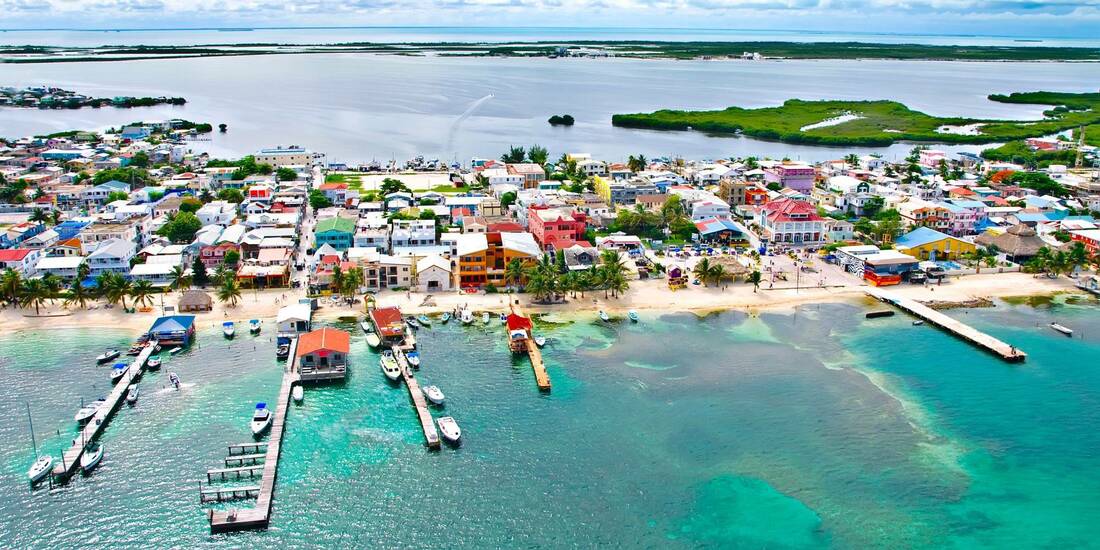 Ambergris Caye (pronounced am-BUR-gris or Am-BUR-grease Kay) is the largest of some 200 cayes that dot the coastline of Belize. Ambergris is part of a wide limestone peninsula dangling south from the Yucatan coast of the Mexican state of Quintana Roo. Ambergris is 25 miles long and a little over a mile wide, in some places, and it is located in the clear shallow waters of the Caribbean Sea just off the tip of Mexico's Yucatan Peninsula. The history of the island goes back to the days of the Maya, European Pirates and Mexican Refugees who fled during the Caste Wars. The descendants from Mexico make up most of the island's population today. The economy of the island was once dependent on the coconut industry, followed by the fishing industry, but it is now dependent on tourism. Most Ambergris residents are of Mexican ancestry and speak Spanish among themselves. Early in Belize's history, its northern neighbor even laid claim to the island. Ambergris Caye has about the same land area as the Caribbean island of Barbados, although much of Ambergris is uninhabitable mangrove swamp. Her coastline is protected by the 190 mile long Barrier Reef, the second largest living coral reef in the world (with the first being off the coast of Australia). In Mayan times, Ambergris Caye was a trading post. The Marco Gonzales ruins at the southern tip of Ambergris Caye and the Basil Jones site to the north, as well as the many recently excavated "home sites" in the heart of San Pedro Town give evidence to a former Mayan population of 10,000. The narrow channel that separates Mexico and Belize was dug by the Maya to provide a trade route from the bay of Chetumal to the Caribbean. The island's name is a holdover from colonial days and refers to a waxy substance found in sperm whale intestines that was once used in making perfume. Some say that ambergris washed up here regularly during the colony's early history, but marine biologists are skeptical. They maintain that whales have never been common in this part of the Caribbean and argue that sighting of ambergris have always been very rare. Following the Maya came the whalers and buccaneers and the ancestors of present day residents who were fisherman and workers in the coconut plantations. Today tourism has replaced fishing as the major source of income for the islanders although the mahogany skiffs are still in service for charter fishing and diving. Fishing was once the Caye's principal industry, but within the last 20 years tourism has taken over. Many fishers now use their boats exclusively to cater to visitors needs; snorkeling, sports fishing, diving, and manatee watching. San Pedro, the island's only town, offers a wide choice of hotels, restaurants, bars, gift shops, outfitters, and travel agencies to suit every recreational interest and pocketbook, although food and services are relatively expensive here. The island's biggest tourist attraction is the Belize Barrier Reef that runs parallel along the entire coast of Belize. The reef is only a quarter mile from the beach of Ambergris Caye making diving accessible. The island's seaside is jammed with jetties and dive shops which offer trips to the different dive sites and to the Great Blue Hole. There are also certified scuba lessons in NAU, PADI, and SSI. One of the most popular dive sites is the Hol Chan Marine Reserve, which is only a ten-minute boat ride from town. The reef's beauty and richness has put Belize among the top ten dive destinations in the world. Ambergris Caye is a food lovers paradise. Local cuisine is abundant featuring the Belizean favorite of rice and beans, stewed chicken and potato salad. Local foods are influenced by the Spanish and Mexicans with dishes such as Chimole, Escabeche, Panades, Salbutes, Garnaches, Tacos, Bollos, Tamalitos, Tamales and Burritos. Of course seafood is a common delight, with feasts of succulent lobster, conch and a delicious array of fish, squid, muscles, scallops and even shark. Most restaurants specialize in seafood dishes. However, lobster and conch are seasonal so be sure to check what is in season before ordering. Added to this array are the exquisite taste of seasonal tropical fruits such as pineapples, bananas, star fruit, cantaloupe, soursap, watermelons, oranges, grapefruits, tangerines, may plums, figs, blackberry, mangoes, craboo, and much more. Or, if you 're in the mood for something different, there are several restaurants that feature European, Cajun, Indian, Chinese, and Jamacian cuisine. Ambergris Caye has many small settlements on the north and south of the main town, San Pedro. People who acquire land on Ambergris Caye and make it their home tend to give names to their pieces of paradise and as more people move into the area, the names are often adapted by all. Each area has its unique features that both visitors and locals have come to love and enjoy. 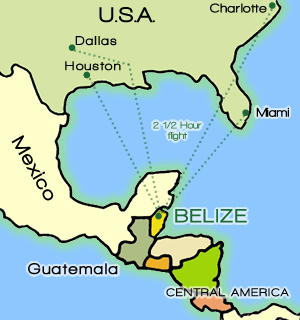 Belize is a crown jewel carefully carved out by the British over three centuries, located on the Caribbean coast of northern Central America at 17°15′ north of the equator and 88°45′ west of the Prime Meridian on the Yucatán Peninsula. Central America is the isthmus that connects North America with South America. The country shares a land and sea border on the north with the Mexican state of Quintana Roo, a land border on the west with the Guatemalan department of El Petén, and a sea border on the south with the Guatemalan department of Izabal. It is about two hours by air from Miami, or Dallas-Fort Worth. It is a two-day non-stop drive through Mexico from the Texas border. The land border with Mexico is at Chetumal City. From Central Aerica, Belize is a one day drive from Guatemala City, or a half hour boat ride from the Izabal Department in Guatemala that features the beautiful tourist city of Puerto Barrios. Belize is also located next door to Honduras. A two hour boat ride from Punta Gorda in the Toledo district will land you at Puerto Cortez, Honduras. Commuter flights connect Belize to Chetumal City, Cancun and Merida in Mexico, Flores City (near Tikal) in Guatemala, and San Pedro Sula in Honduras. To the east of Belize is the Caribbean Sea and Atlantic ocean; the second-longest barrier reef in the world flanks much of the 386 kilometers (240 mi) of predominantly marshy coastline. Belize Map below is by Google Maps. An adventure's paradise, Belize is a peaceful, English-speaking country just two hours away from 4 major U.S. Gateways. With a diversity of adventure opportunities unmatched by any other country, the Belizean people have protected over 40% of the country as parks and natural reserves. Belize is on the Western side of the Caribbean coast, nestled between Mexico and Guatemala and offers an intriguing mix of tropical forest rich with wildlife, majestic mountains, mysterious Mayan temples, diving and fishing experiences beyond comparison. In a single day, one can go from tropical forest, to the longest barrier reef in the Western Hemisphere. Here you'll find plenty to do. If you're coming to Belize to dive the Blue Hole, and the shelf walls at the Turneffe Atoll, snorkel the Barrier Reef, explore Mayan caves and ruins, rappel into a black hole, zip line through jungle tree tops, kayak through (8) caves, explore caves and see the remains of an ancient human skeleton, see actual Mayan pottery, swim with sharks, listen to Howler Monkey's, hold a boa constrictor, fed a jaguar, horseback ride through the jungle, rappel down a waterfall, climb 130' feet to the top of a Mayan ruin, rip up the jungle trails on an ATV, float through a series of caves, and sip on a rum punch.......then this is the place for you. We offer you clean, affordable, attractive, accommodations, at prices that allow you to do all the things just mentioned. We're not the "Luxury Ocean Side Resort" & we're not the "Backpacker Inn", we're right smack dab in the middle. We're the place you're going to be staying at, on your next "BUCKET-LIST" adventure to Belize. 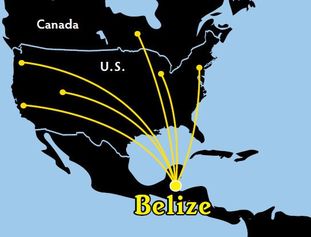 Chances are you'll be asked this question more than once before you get here. There are many answers, of course, and the one you select will depend on your interests and temperament. If you're a scuba diver, the offishore barrier reef is an obvious attraction. If you want to experience the unspoiled jungle, a trip to the interior of Belize makes perfect sense. Perhaps the most obvious reason to visit Belize is to be able to experience the natural beauty and quiet ambiance of a relatively uncrowded native forests of Latin America have disappeared during the last two centuries, in Belize the opposite is true: nearly 5 percent of the original forest remains, and in a largely undisturbed form. Here you'll find hundreds of species of animals and plants that have largely disappeared from most off their original homes, yet are thriving in Belize. Offshore, meanwhile, one of the world's largest barrier reef harbors exotic marine life in an underwater paradise unparalleled in the Western Hemisphere. This silver of Caribbean coastline remains the most sparsely populated nation in Central America, with less than 30 inhabitants per square mile. It is not the smallest country. With its 8,867 square miles, Belize is slightly larger than El Salvador. But whereas the latter is bursting with more than 8.5 million people, Belize had an estimated 1999 population of 255,000, about one-third of whom were crowded into a single town: Belize City. Stability is another obvious difference. Belize is a parliamentary democracy that has never suffered under the civil wars and dictatorships that have typified most other Central American countries. Belize enjoys a high literacy rate (93 percent of adults) and long life expectancy (73 years for women, 67 for men). Belize is divided into six political jurisdictions that roughly correspond with states or provinces. They are, from north to south, the Corozal, Orange Walk, Belize, Cayo, Stann Creek, and Toledo Districts. Most visitors will spend the bulk of their time in the Belize District, which encompasses the international airport, Belize City, and such northern islands as Ambergris Caye, and Caye Caulker; and the Cayo District, where the town of San Ignacio and most jungle lodges are located. Of growing interest to visitors are the southerly Stann Creek and Toledo Districts, noted for their nature reserves, Mayan ruins, and pristine offshore waters. The northerly districts of Corozal and Orange Walk are the most agricultural areas of Belize and thus receive the fewest number of visitors. |
Is located on the island of Ambergris Caye, directly across from the Belize Barrier Reef, off the mainland coast of Belize. The property is nestled in a cluster of Australian Pine trees, backed to a littoral jungle, and surrounded by tropical gardens. It's about a one minute walk from the property to the beach, and a 10-15 minute drive from the island airstrip to the property.
We offer one bedroom suites (455 s.f.) of living area to include: livingroom, kitchenette, private bathroom and bedroom. We are also about a one minute walk from one of the best restaurants on the island serving (breakfast, lunch & dinner). Within walking distance you can find: (3) blocks is Robyn's BBQ (4) blocks is 2 fruit stands (5) blocks local grocery store IF YOU'RE COMING TO BELIZE TO............... If you're coming to Belize to dive the Blue Hole, descend the shelf walls at Turneffe, snorkel the Barrier Reef, explore Mayan ruins, rappel into a cave, kayak along the river through caves, zip line through jungle tree tops, hike through a cave to see an ancient human skeleton, swim with sharks, listen to Howler Monkey's, hold a boa constrictor, feed a jaguar, horseback ride through the jungle, canoe through a cave, rappel down a waterfall, sail around an island, enjoy cocktails & dinner to a sunset, climb 130' feet to the top of a Mayan ruin, rip up the jungle trails on an ATV, float through a series of caves on a tube, and sip on a rum punch..... then this is the place for you. Belize Budget Suites, offers you clean, affordable, attractive, accommodations, at prices that allow you to do all the things just mentioned. Archives
February 2021
Categories
All

For All Your Home Improvement Needs

For all Your Real Estate Needs
501-226-4400 10 Coconut Dr. San Pedro, Belize Your Ad Could Go Here
|

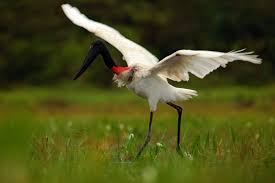
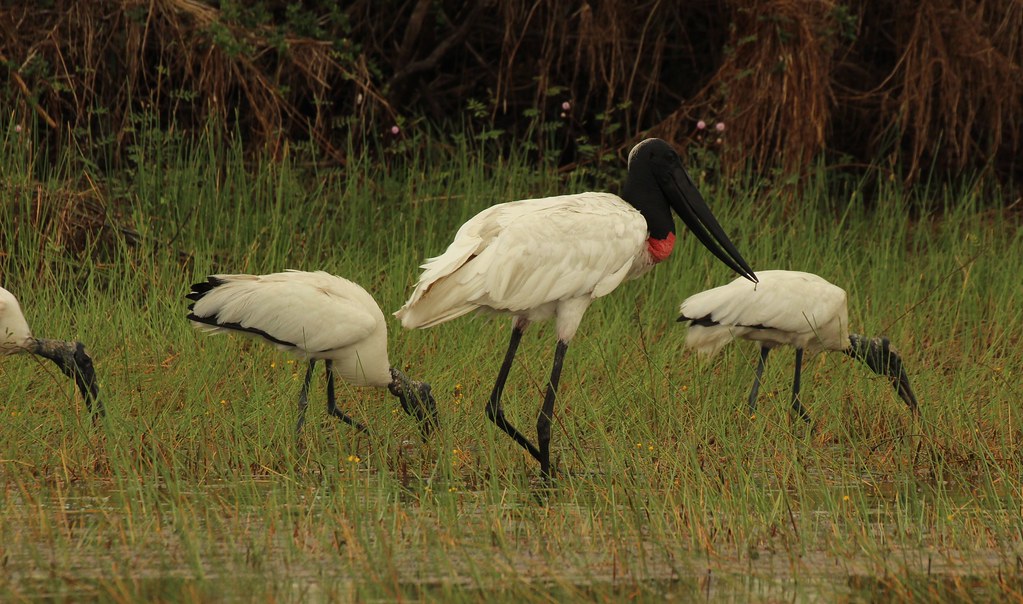
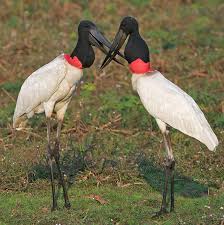
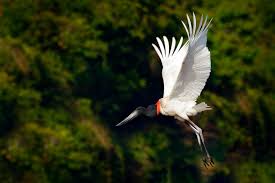
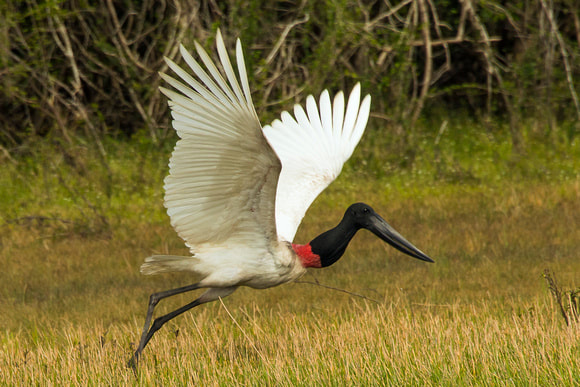
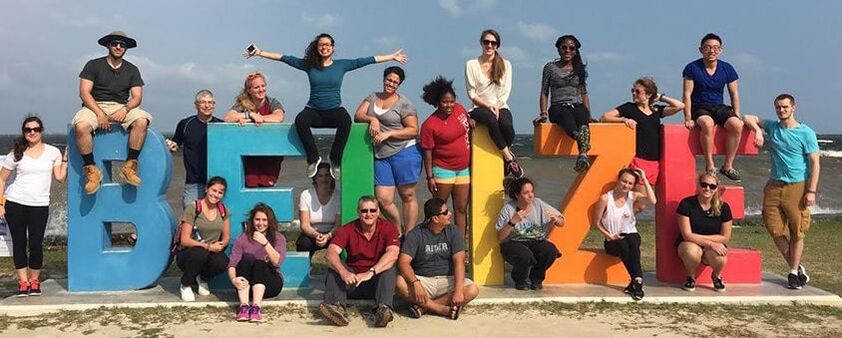
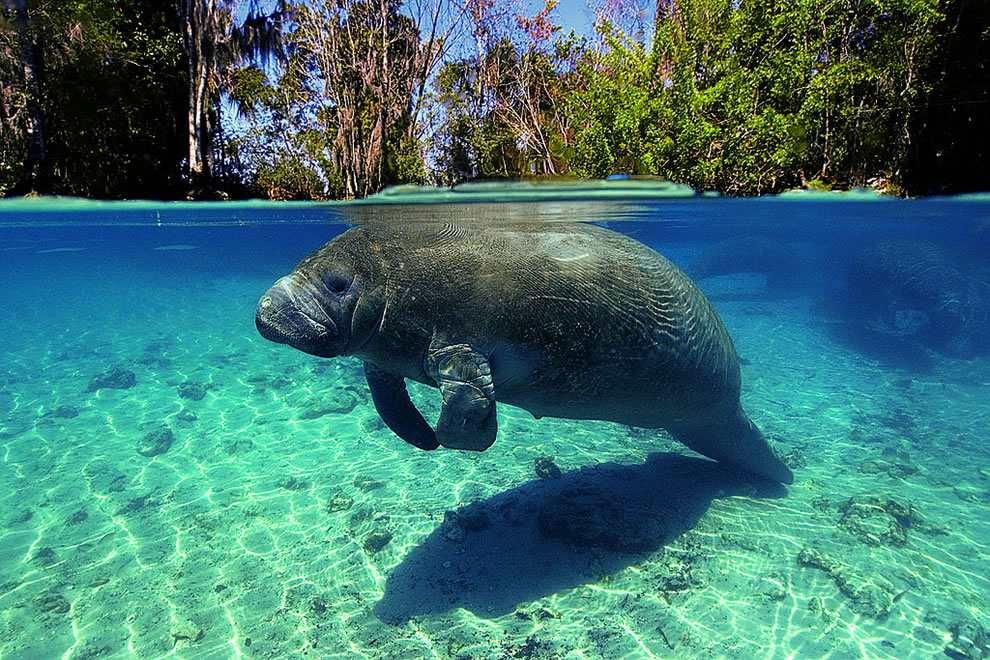
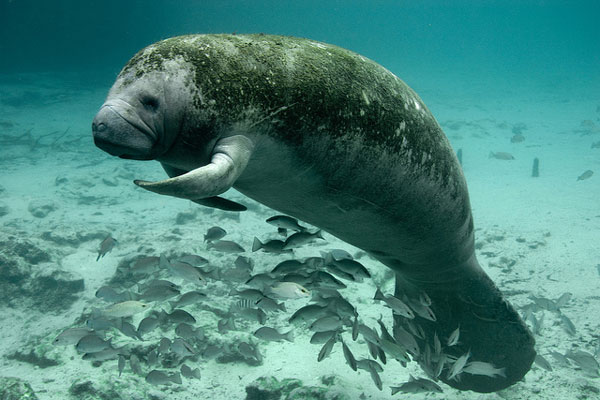
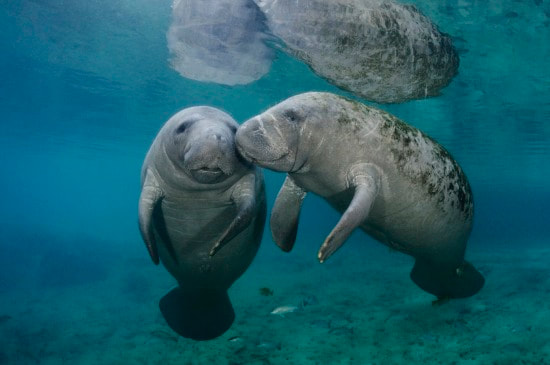
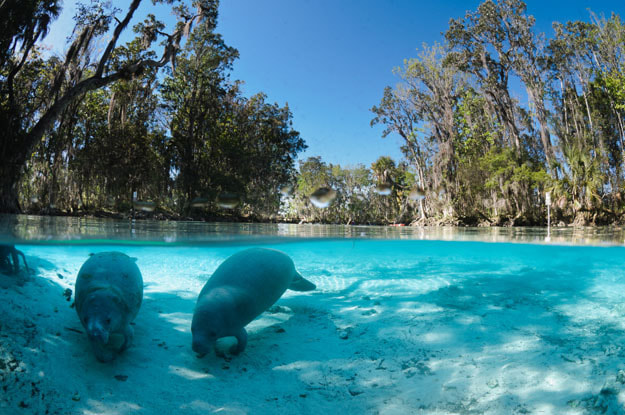
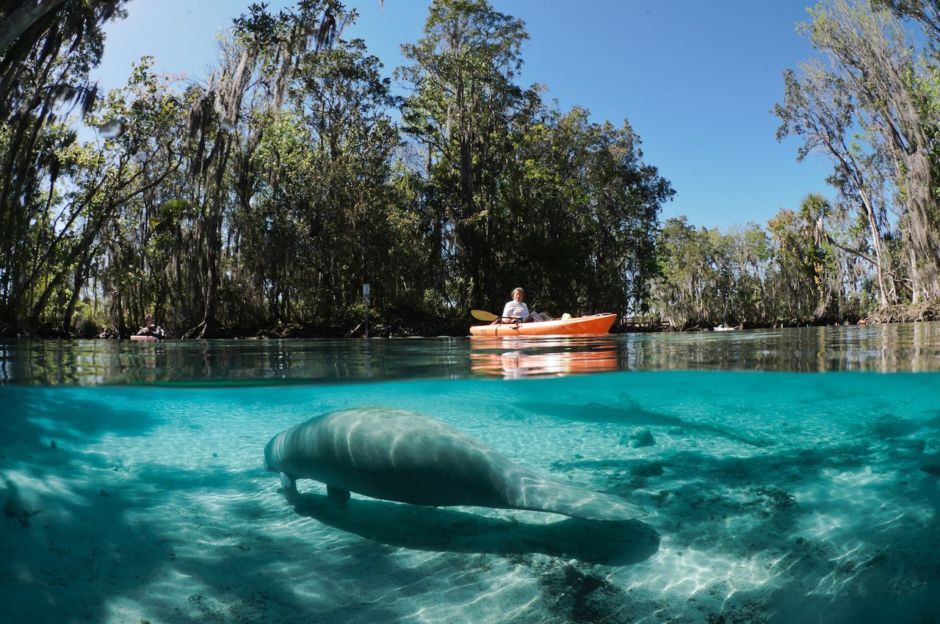
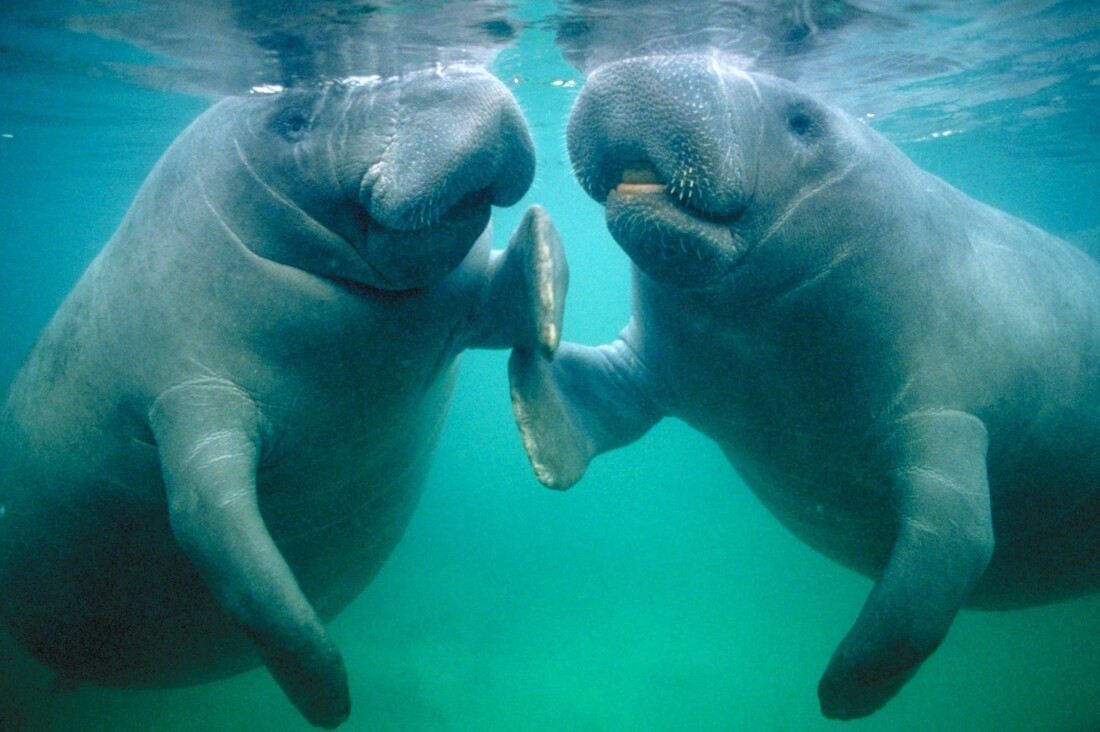
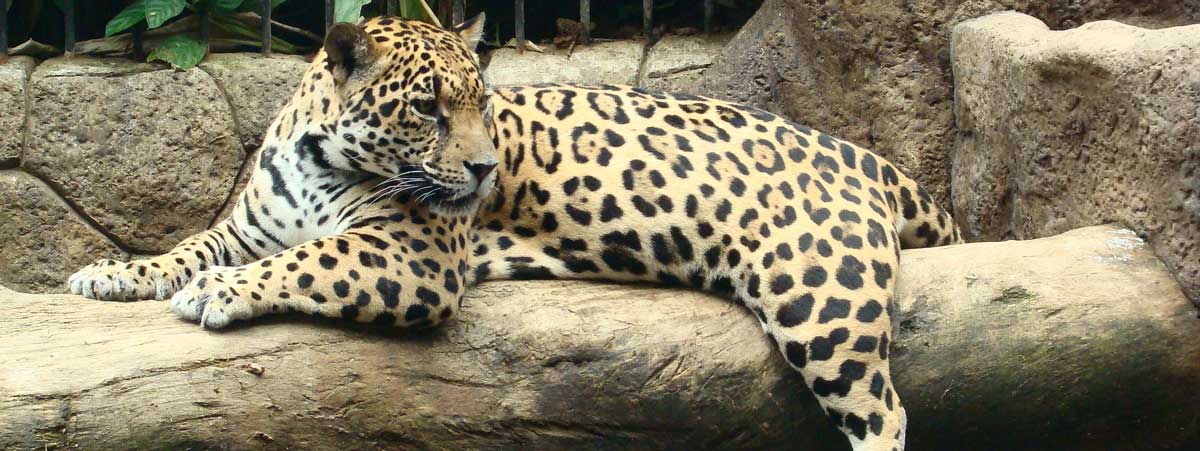
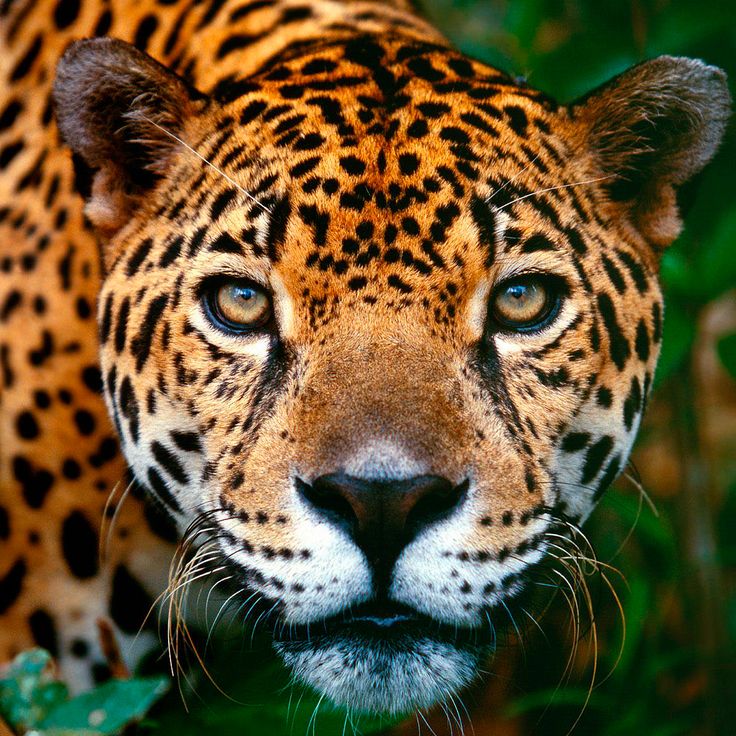

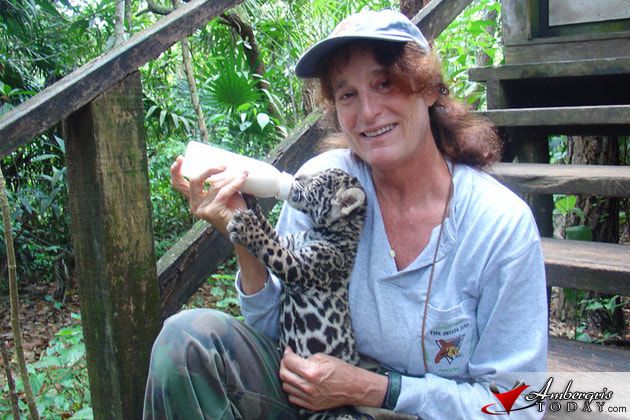
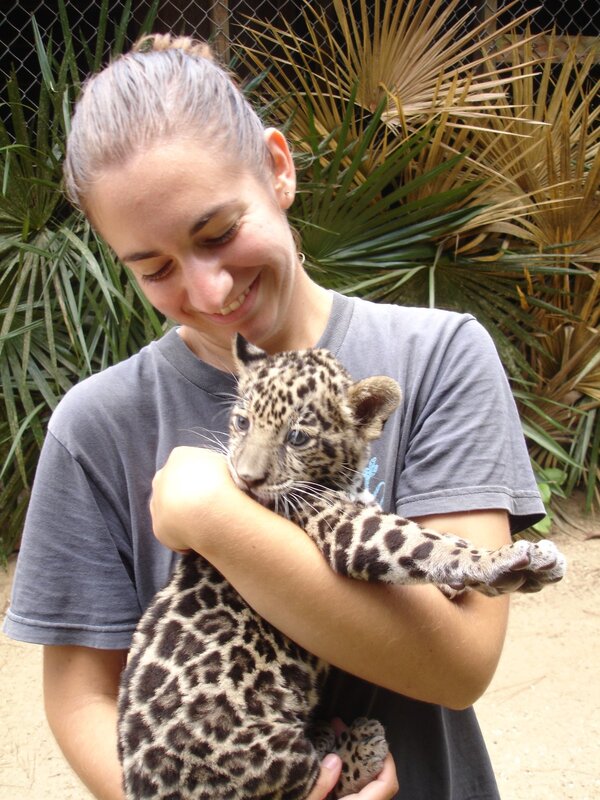
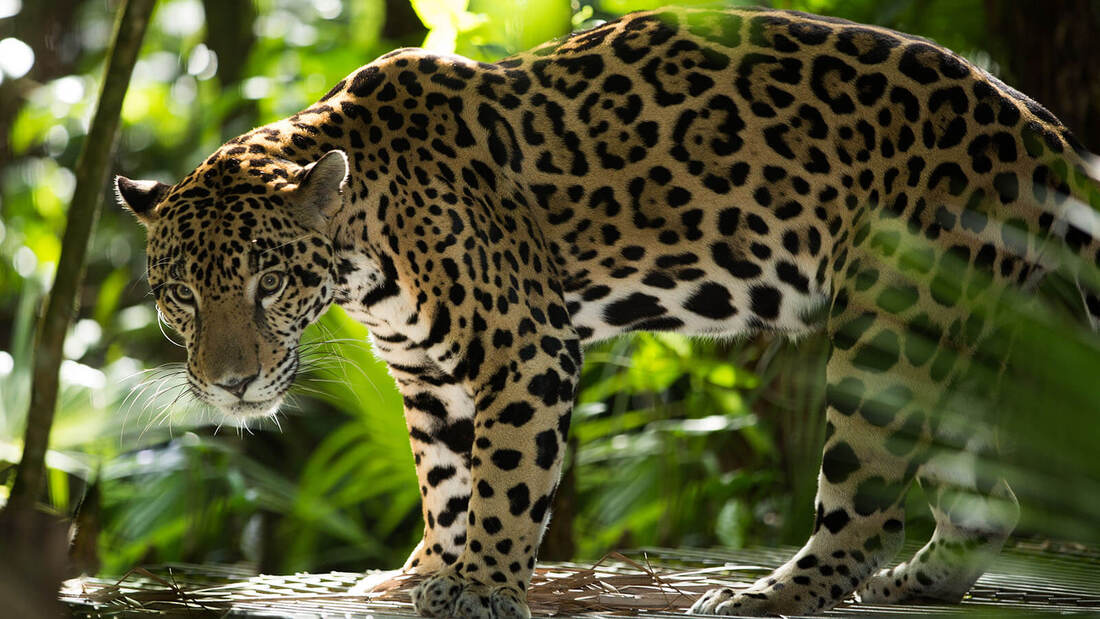
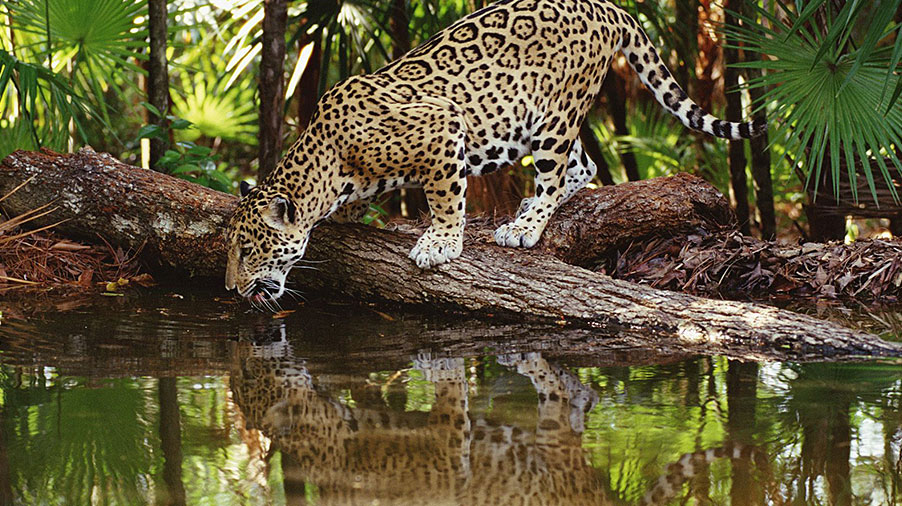
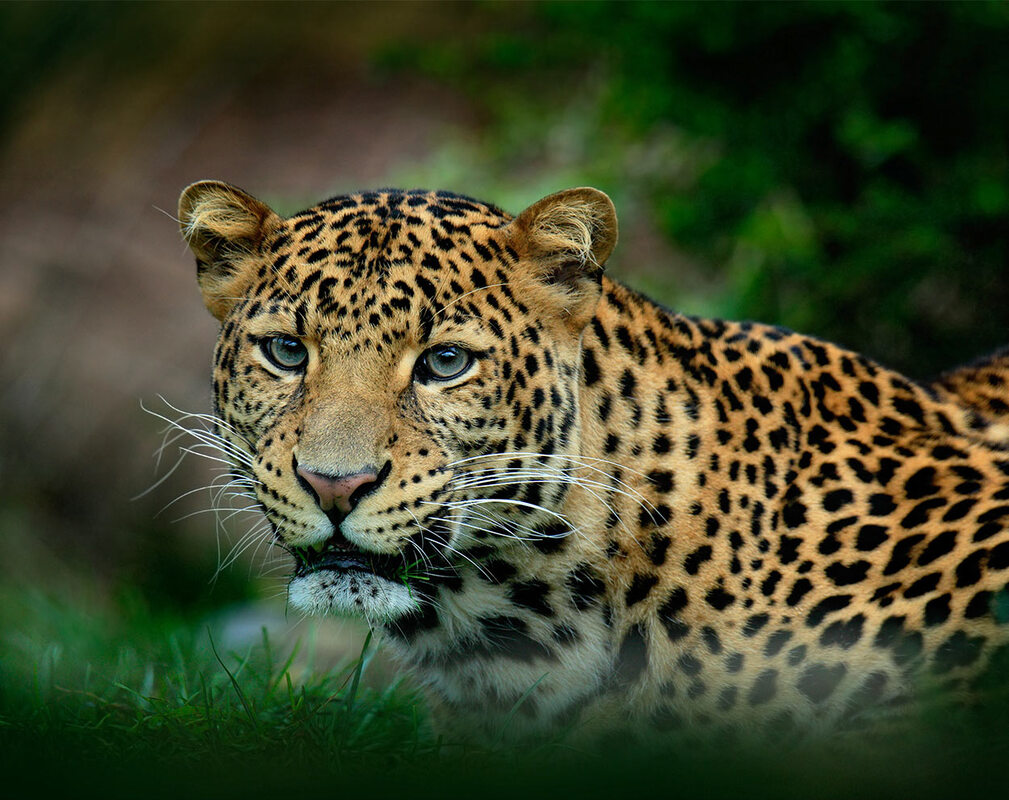
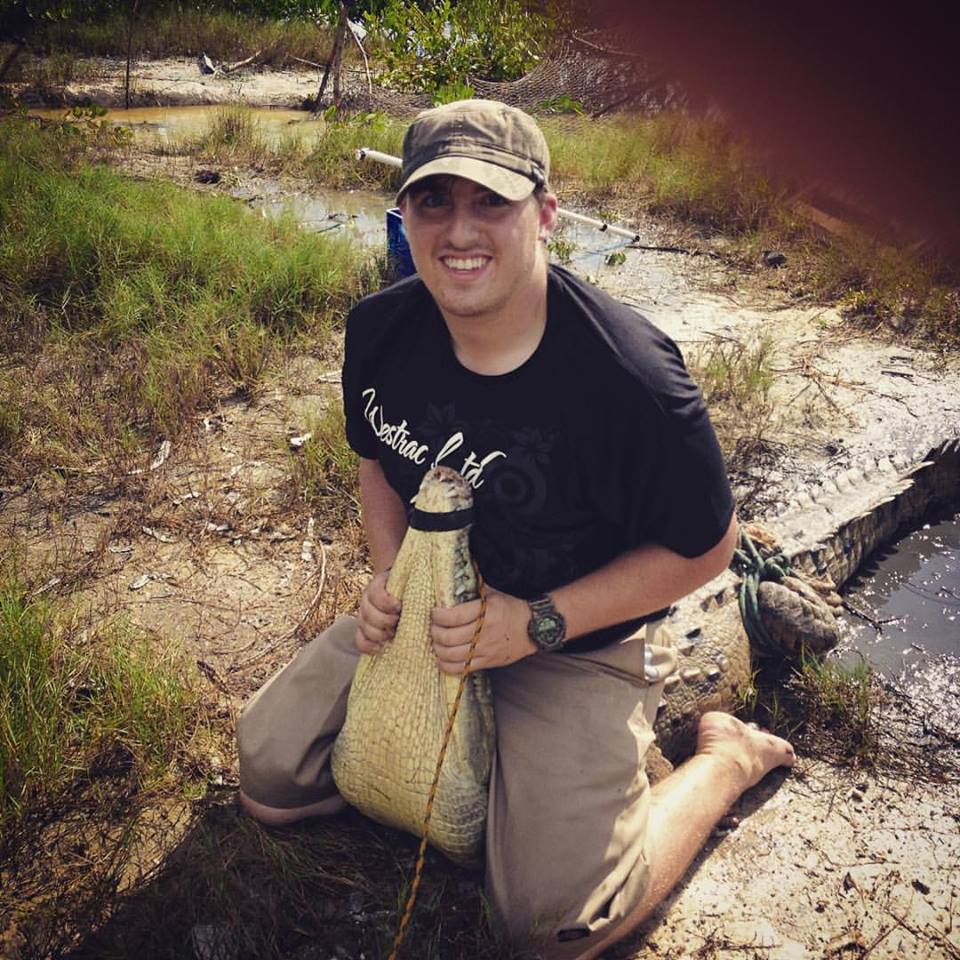
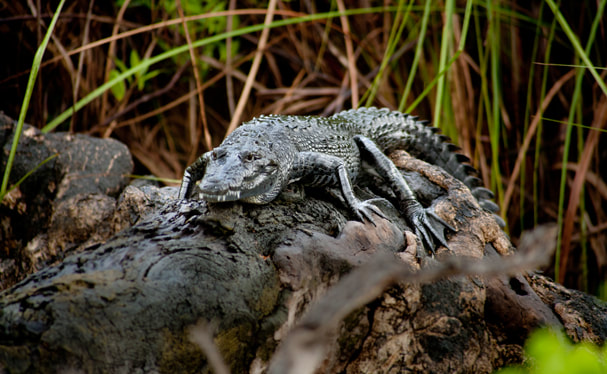
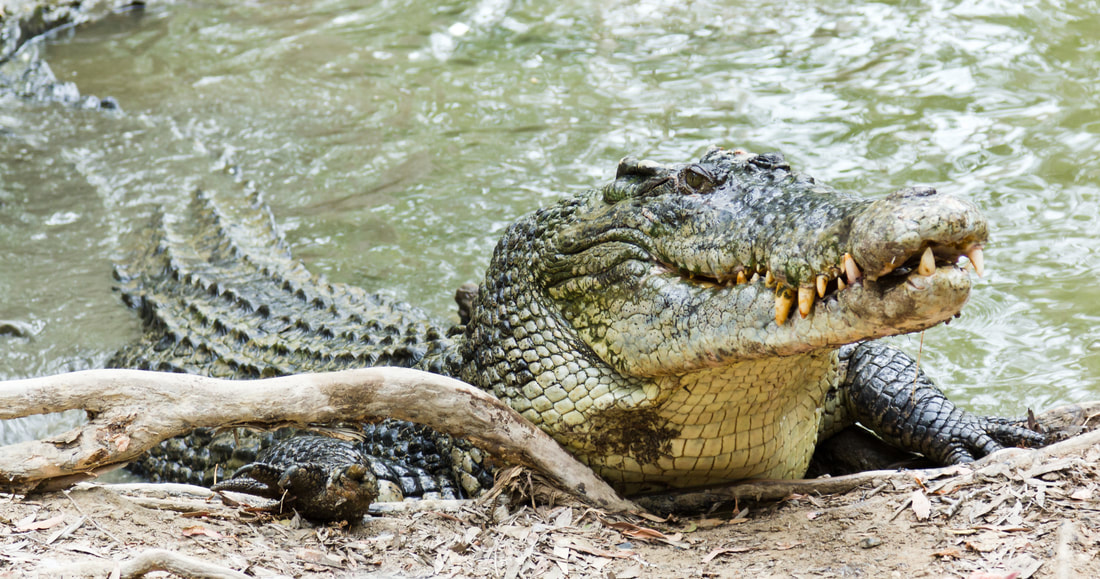
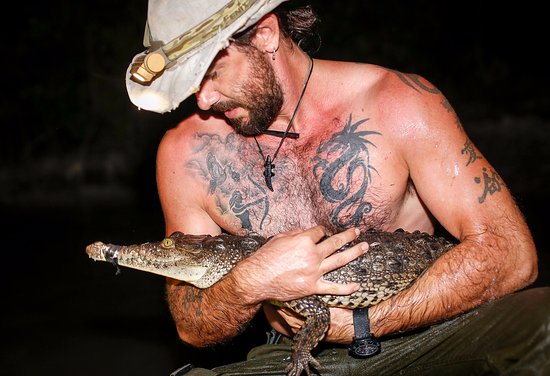
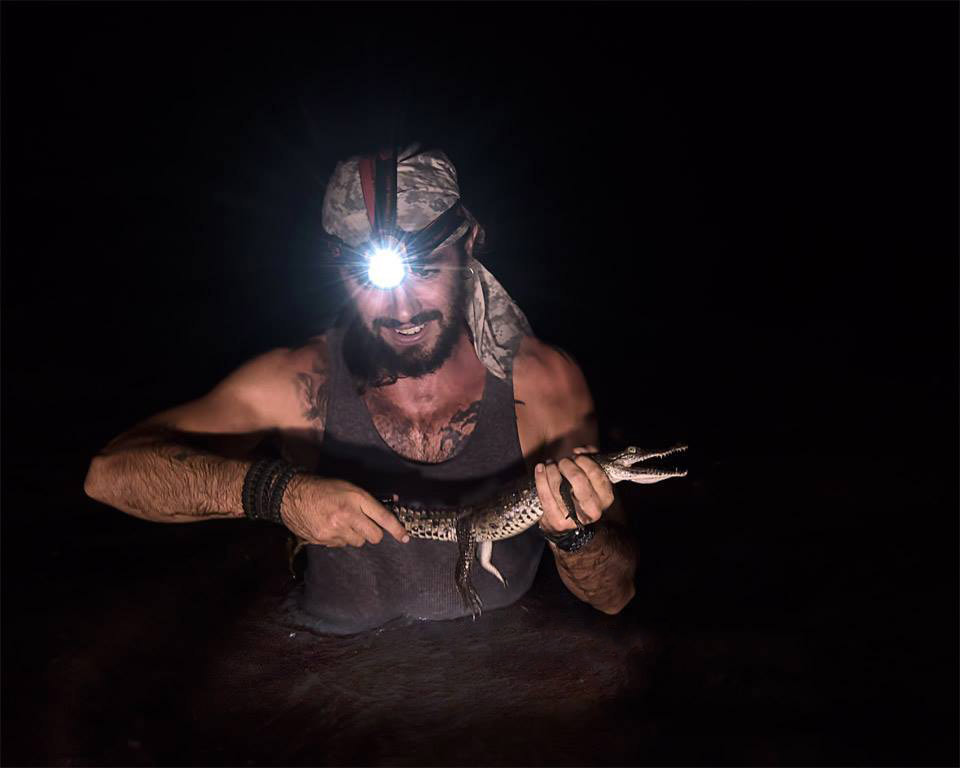
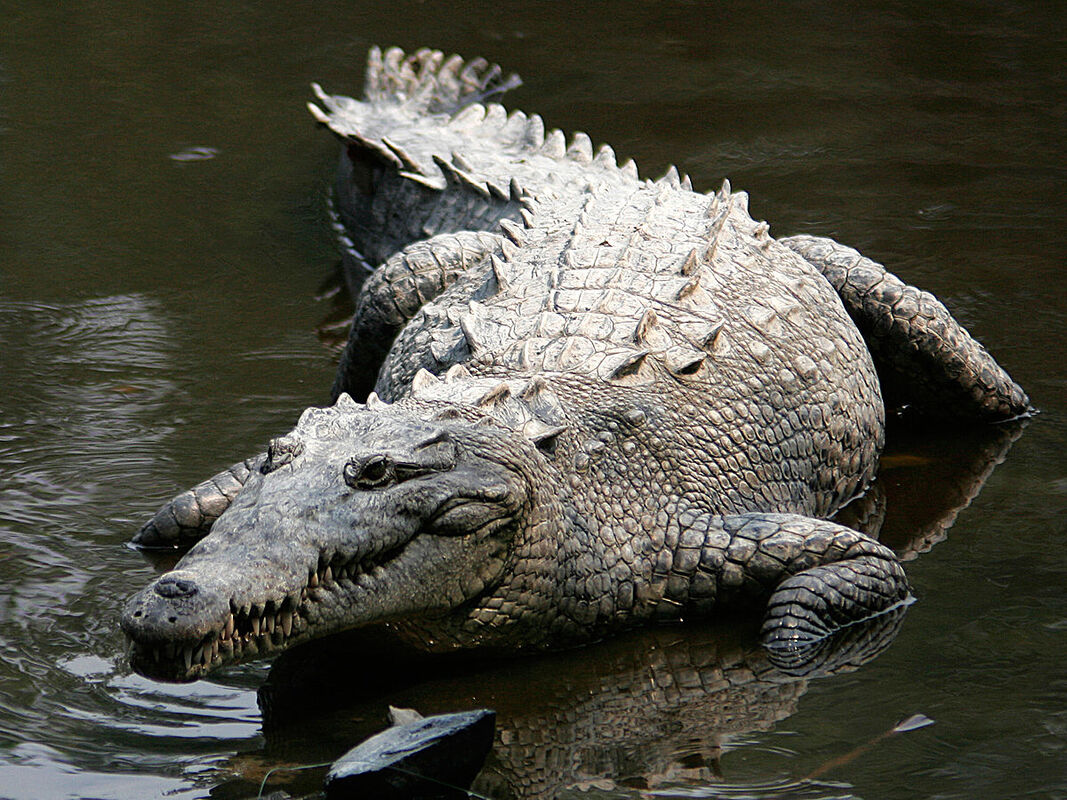
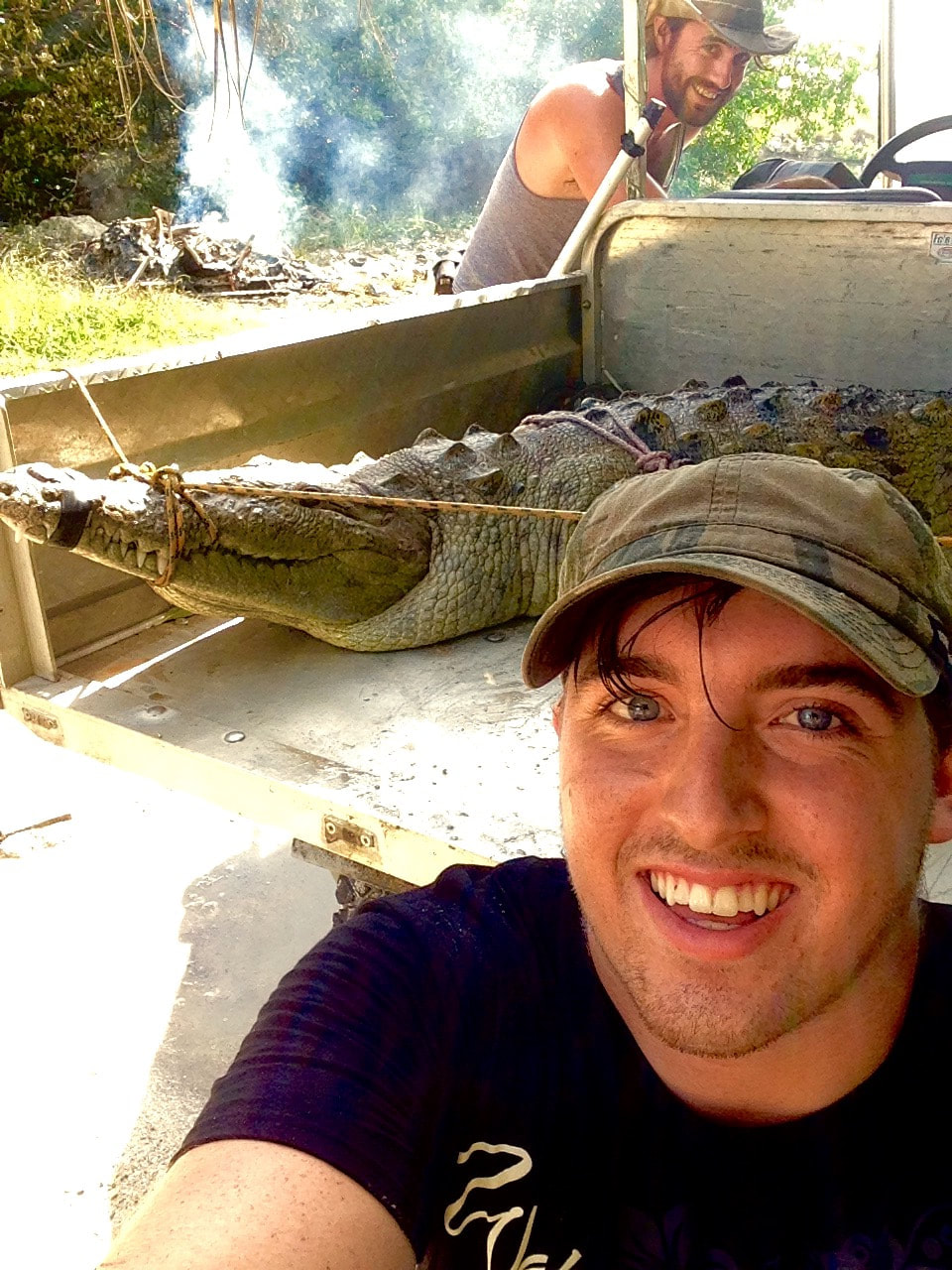
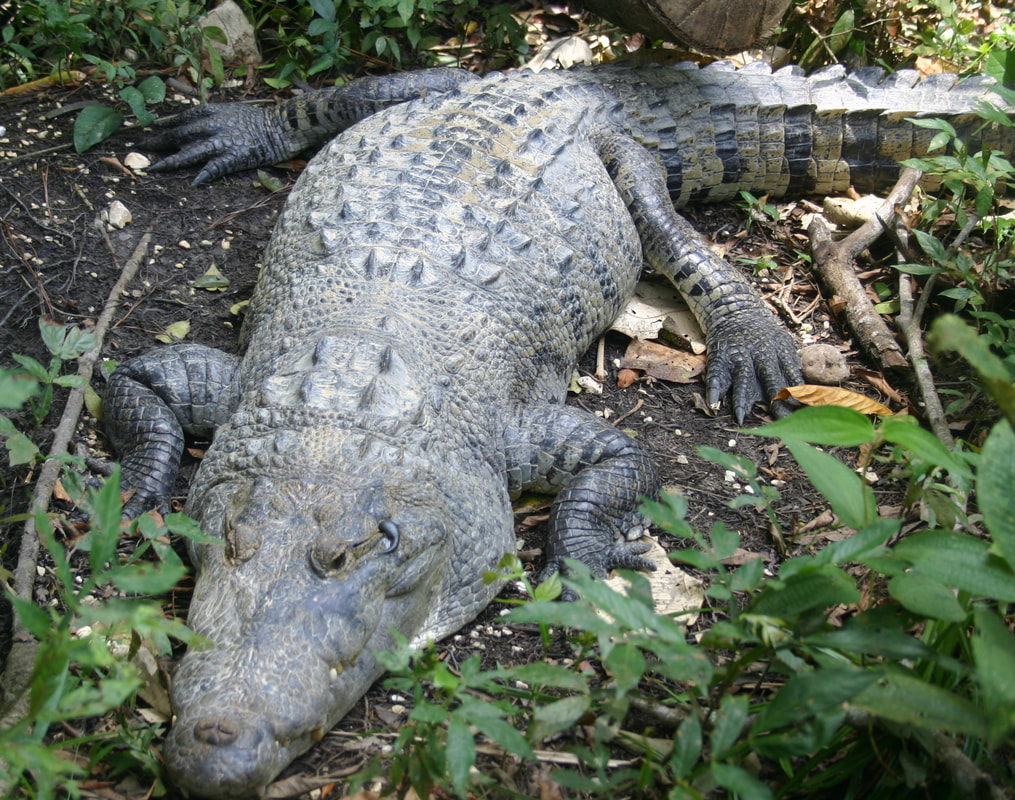

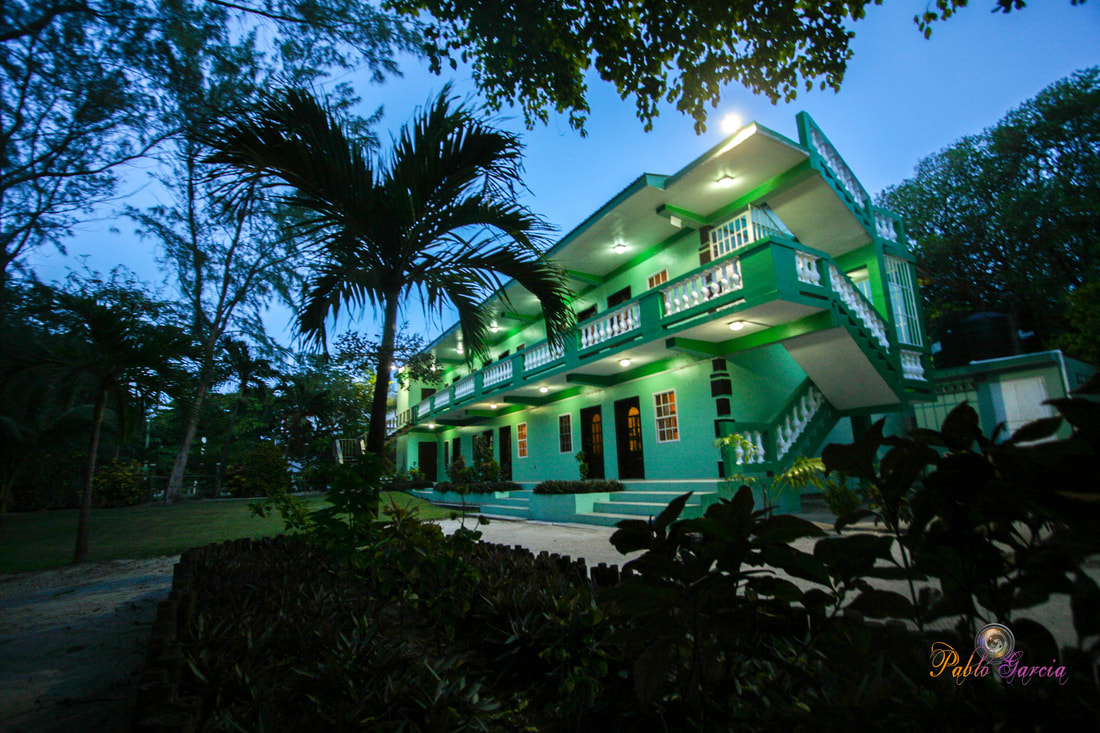
 RSS Feed
RSS Feed

